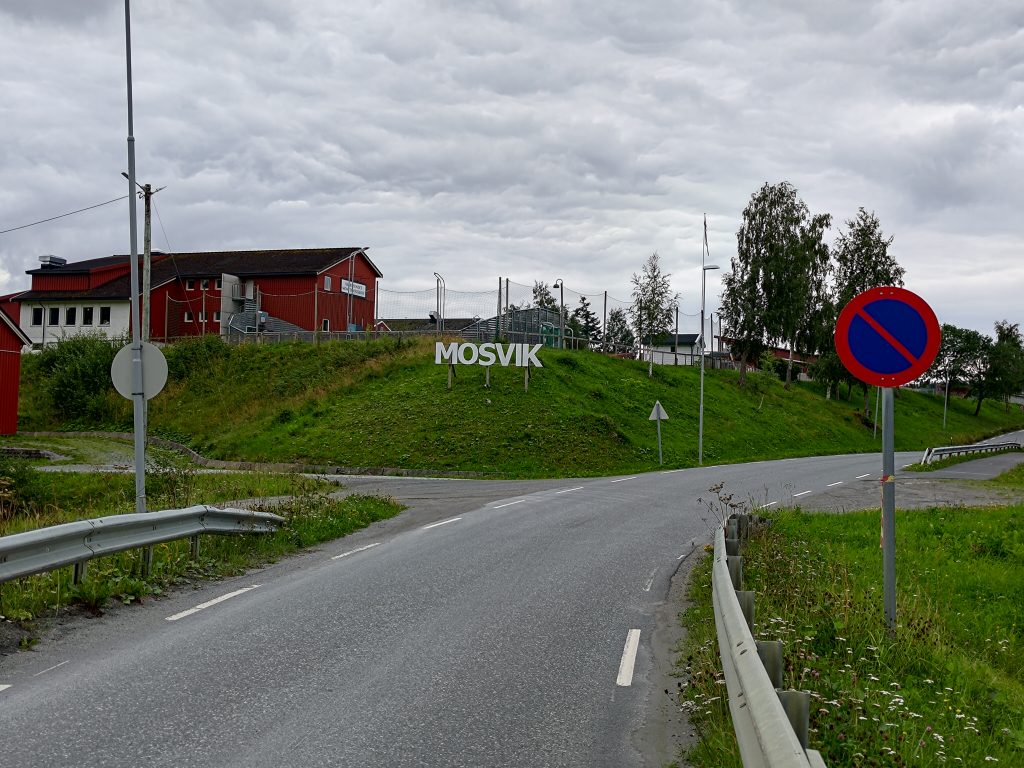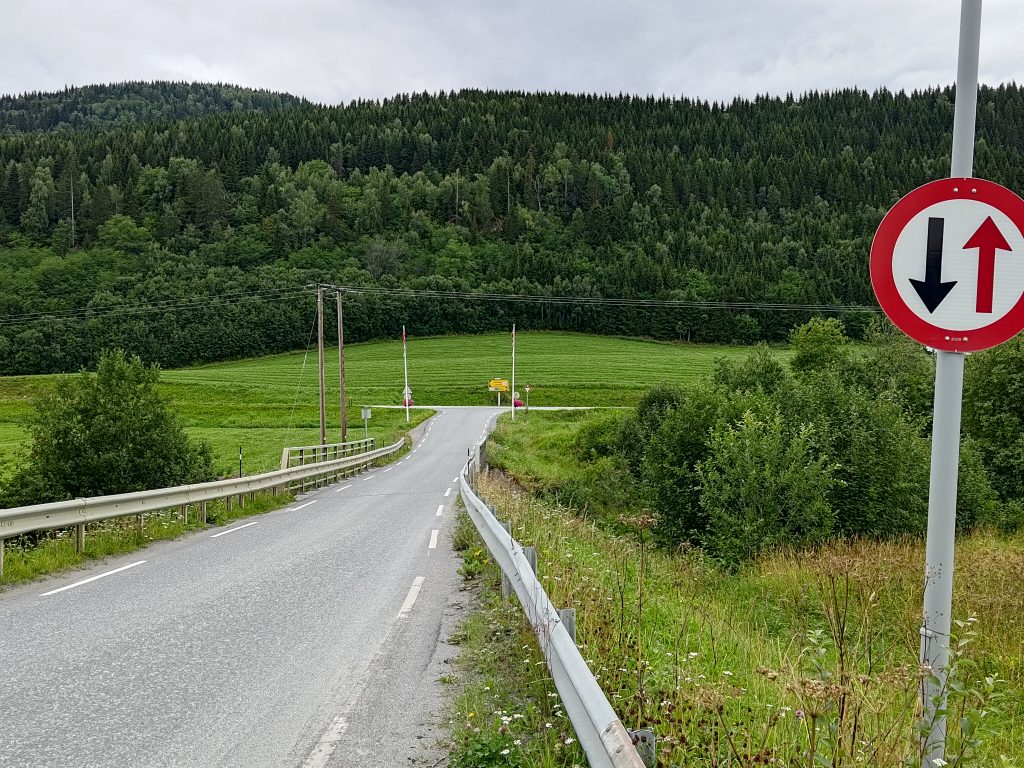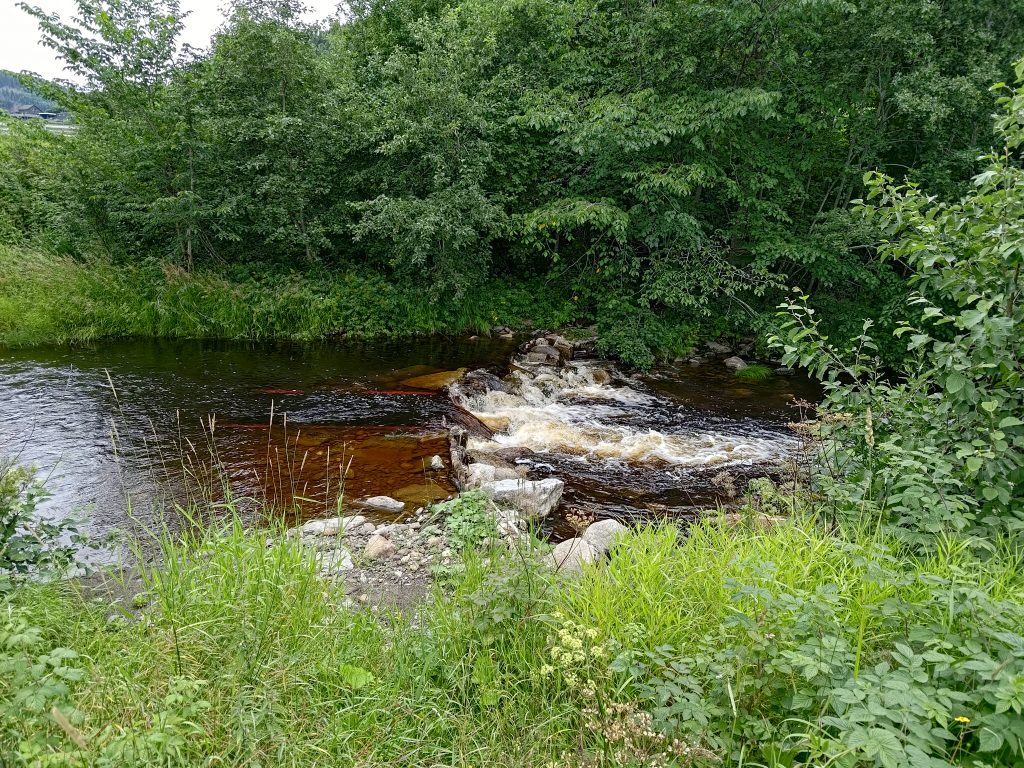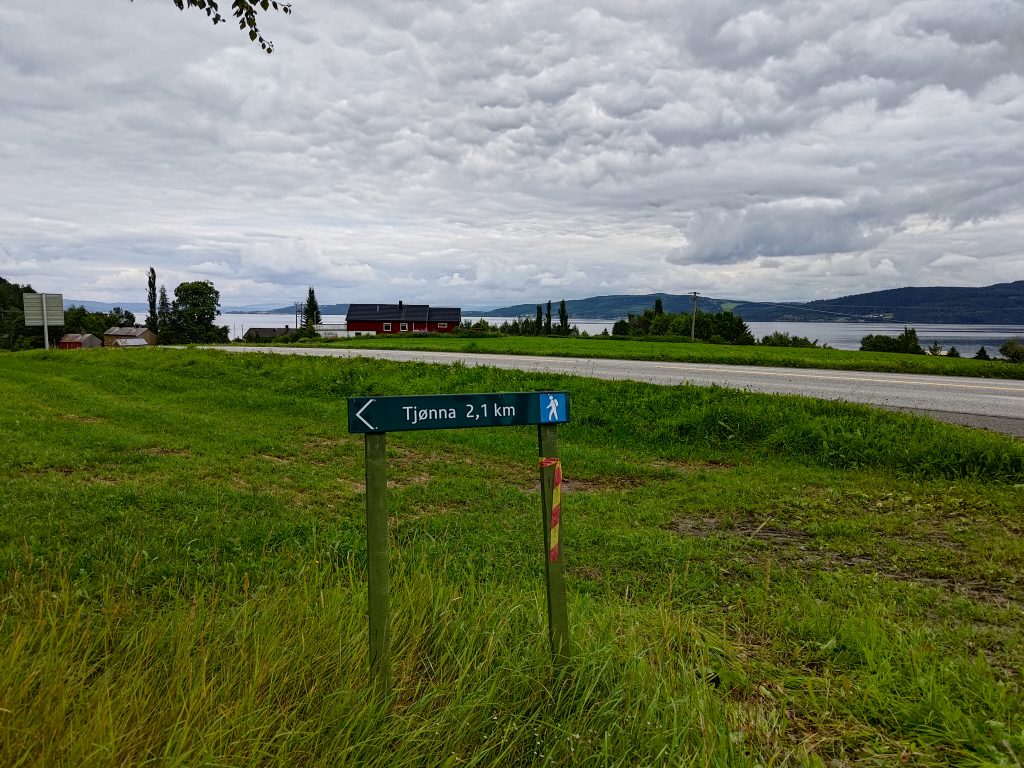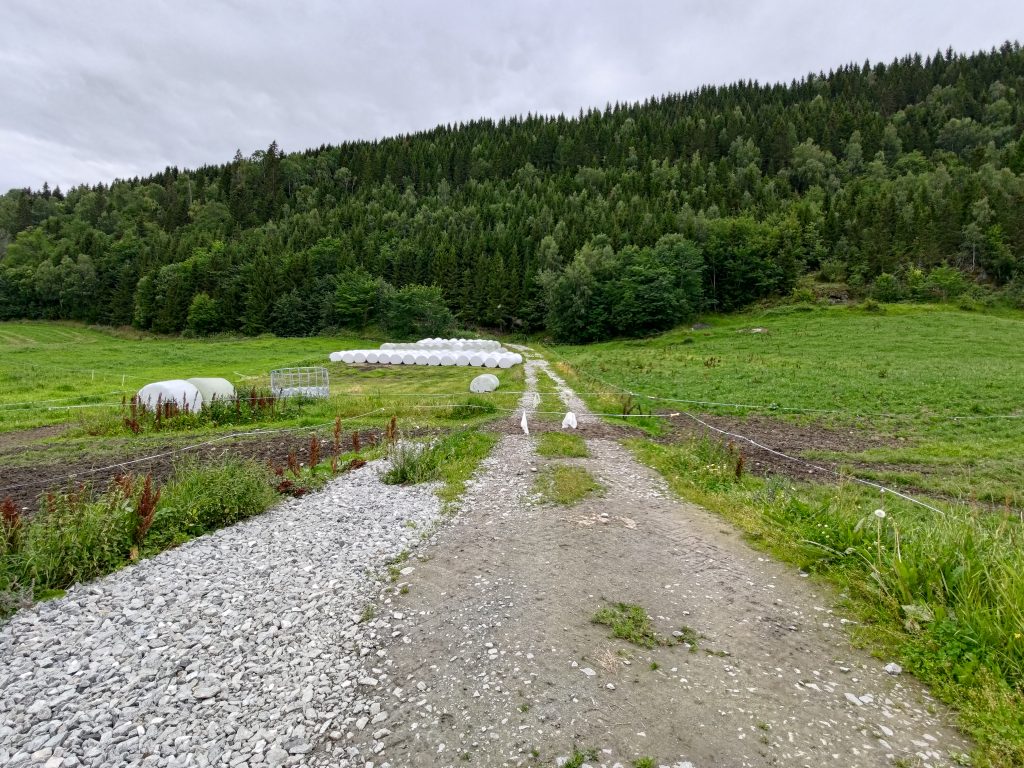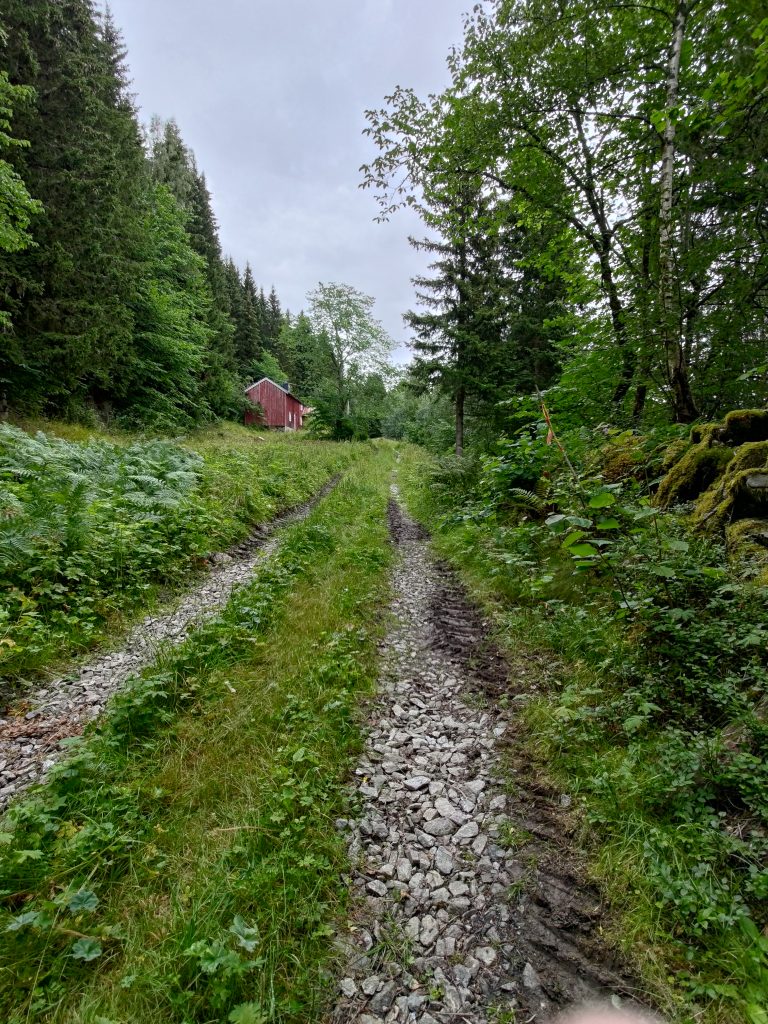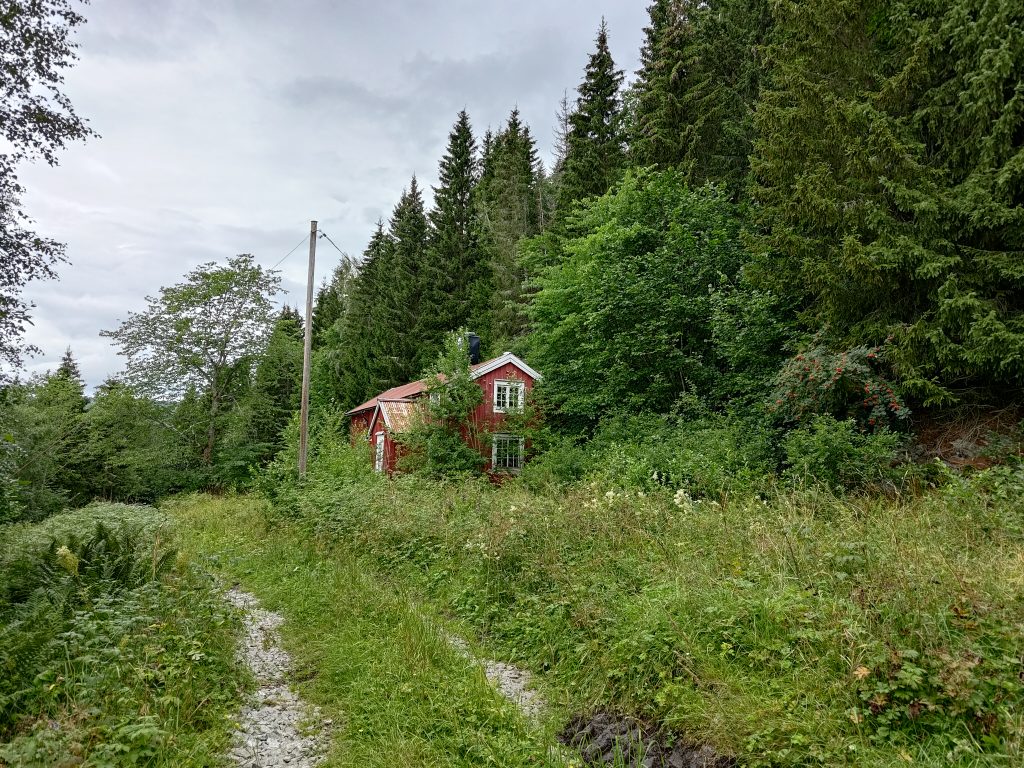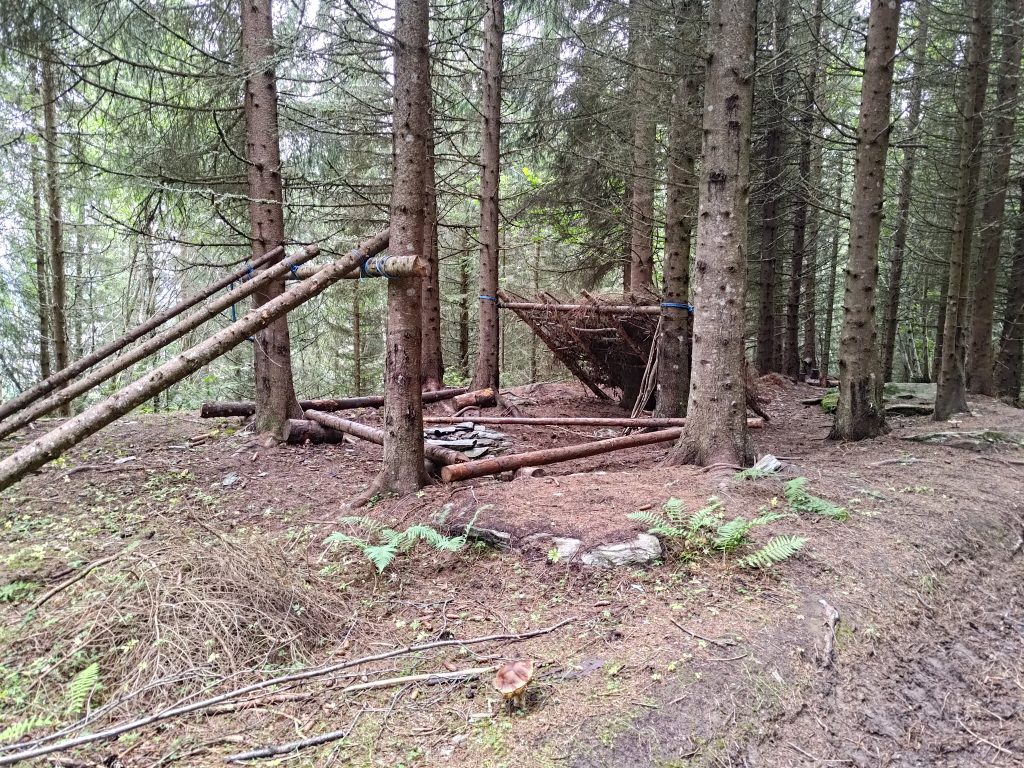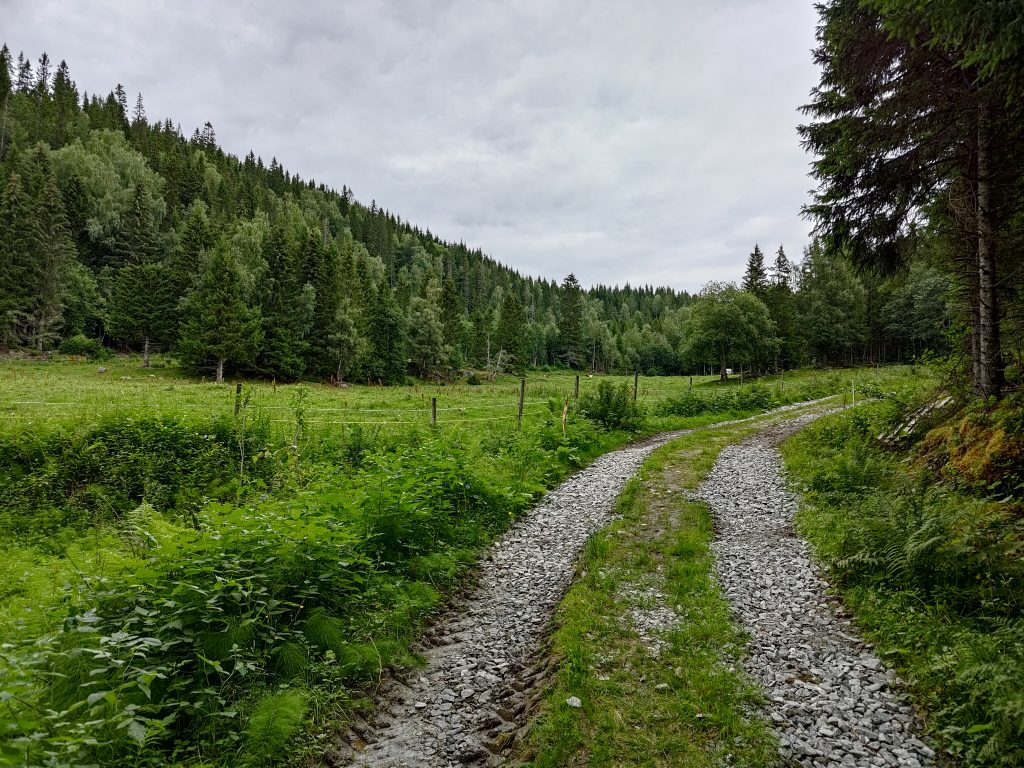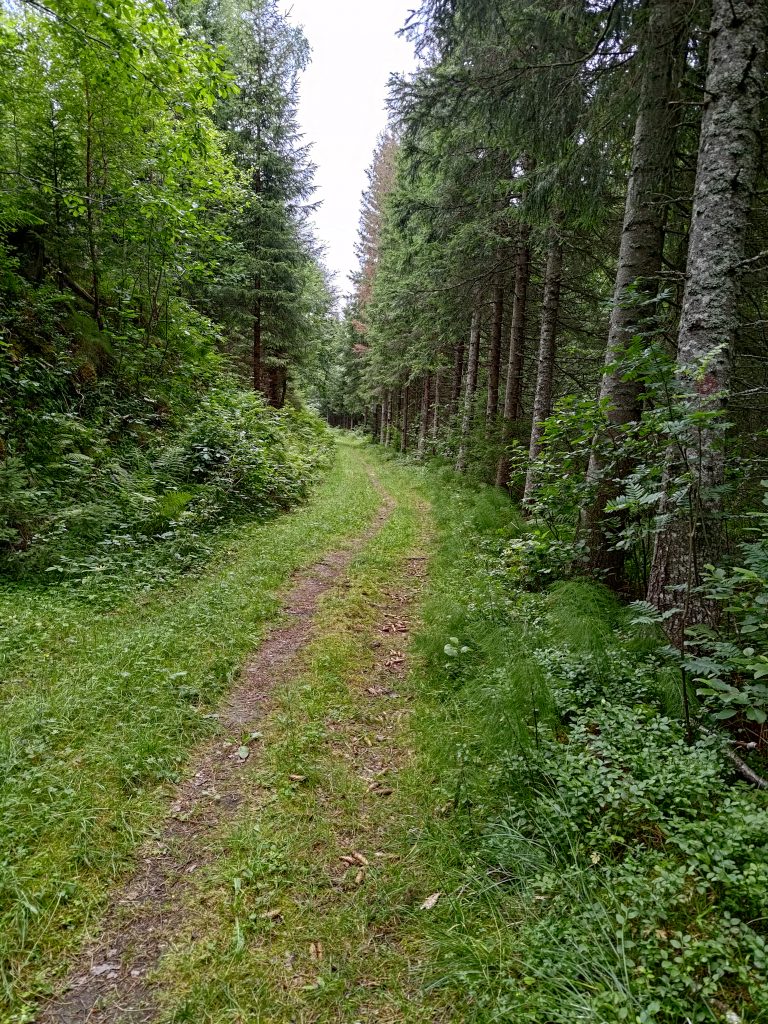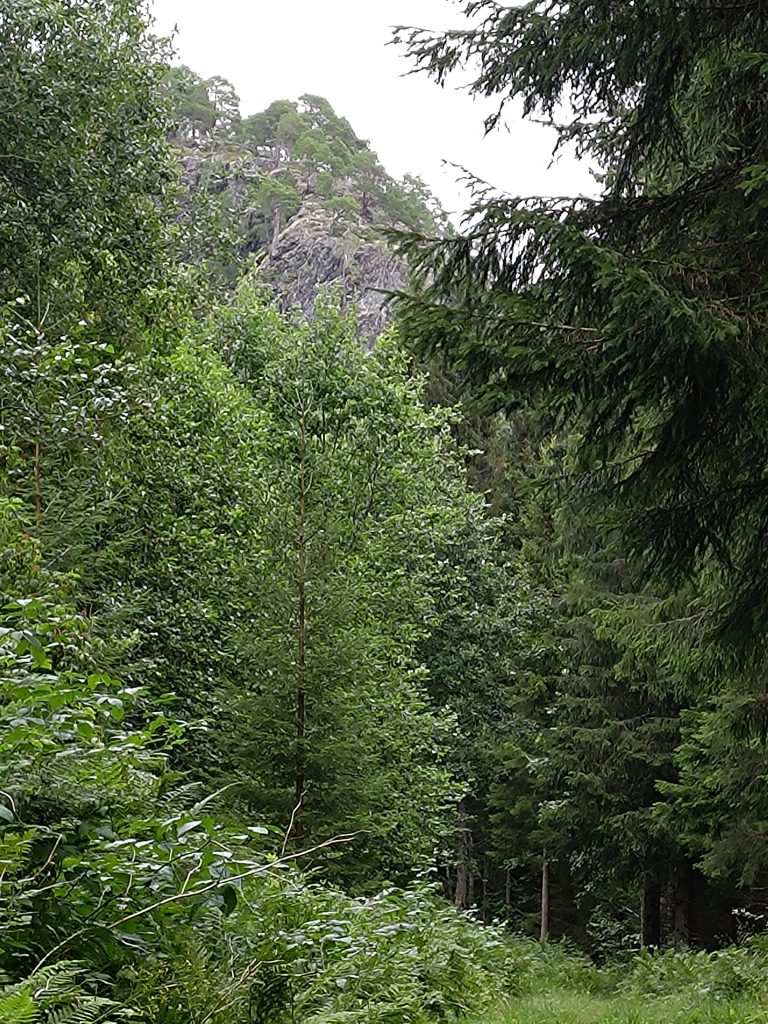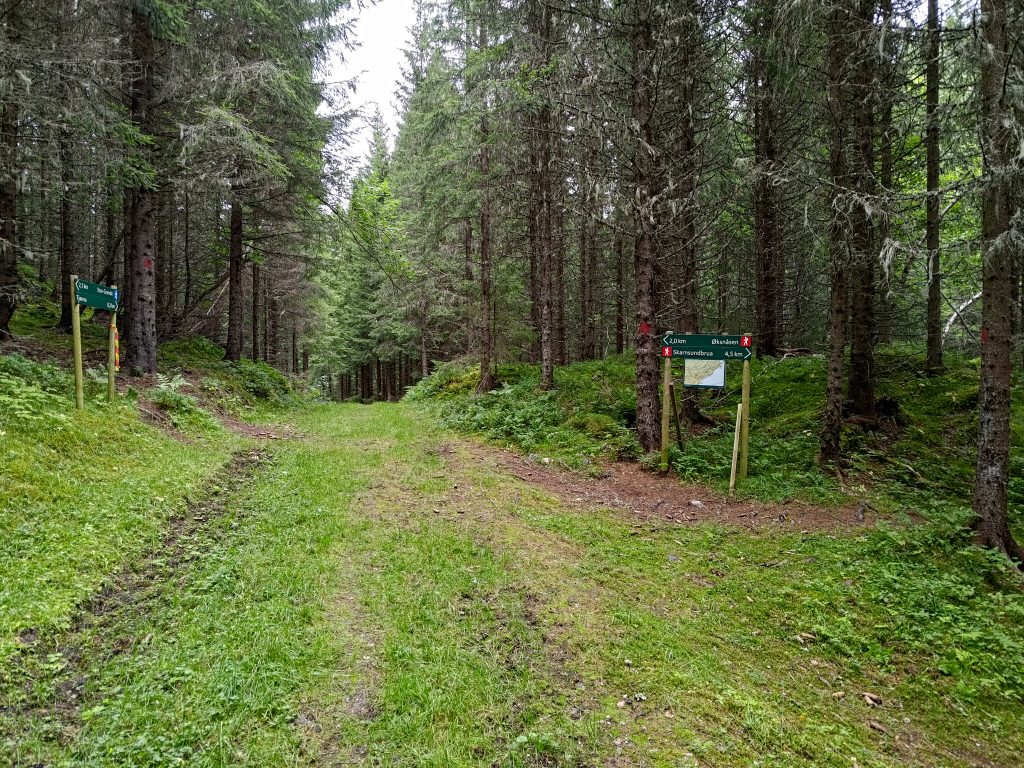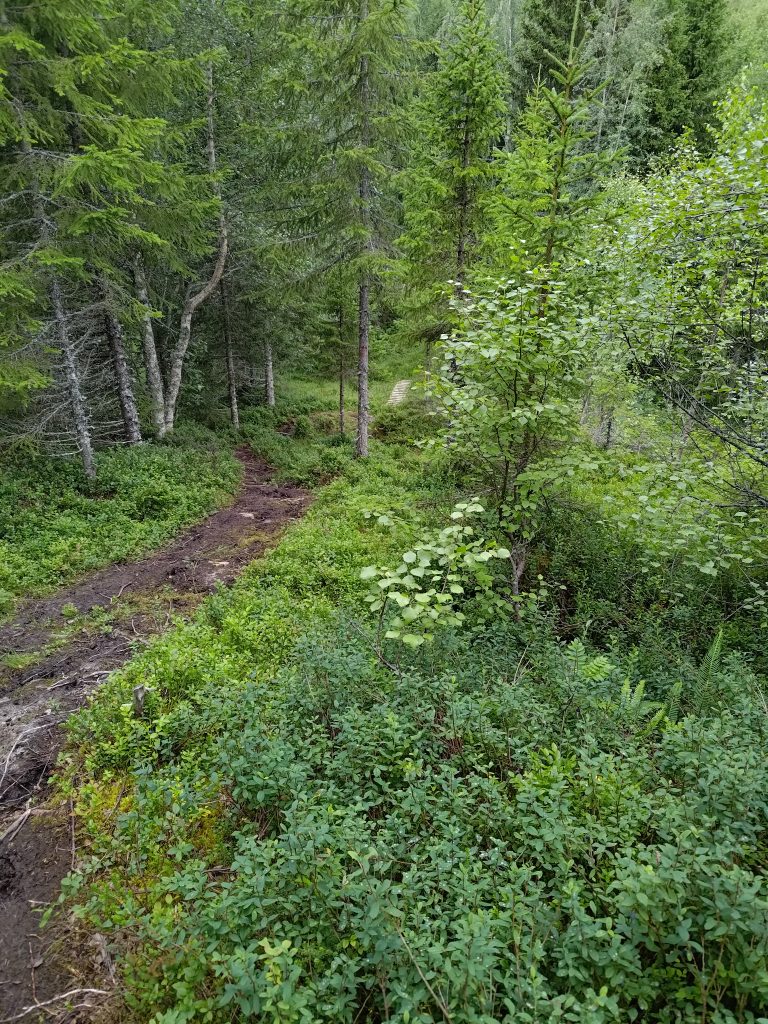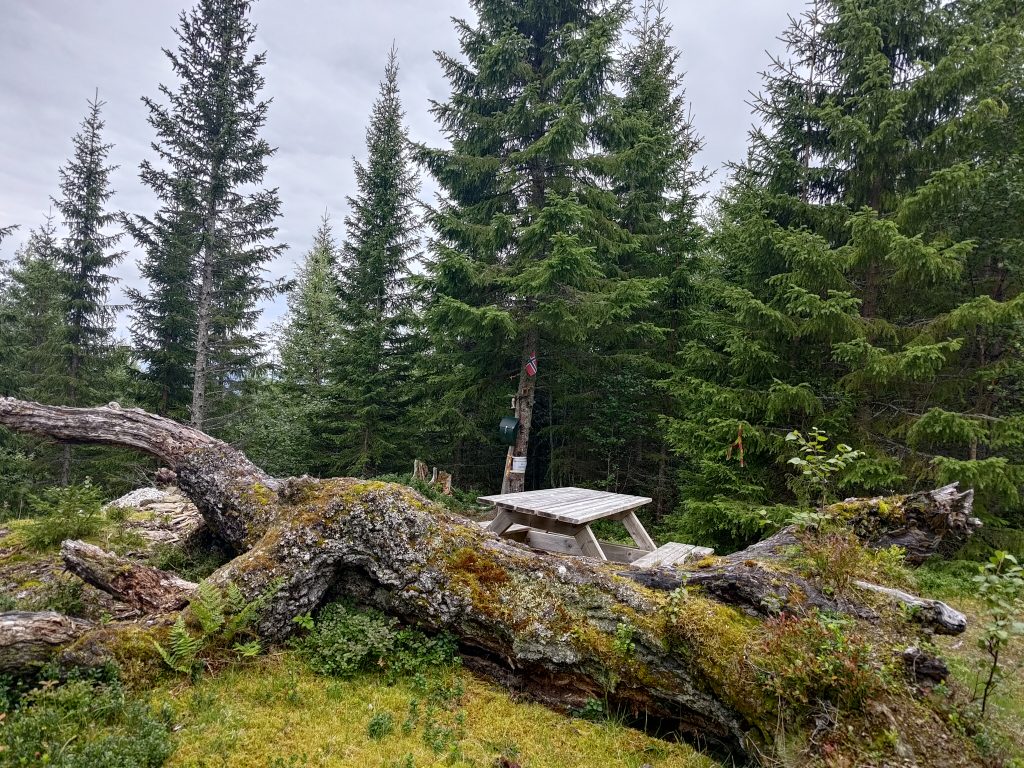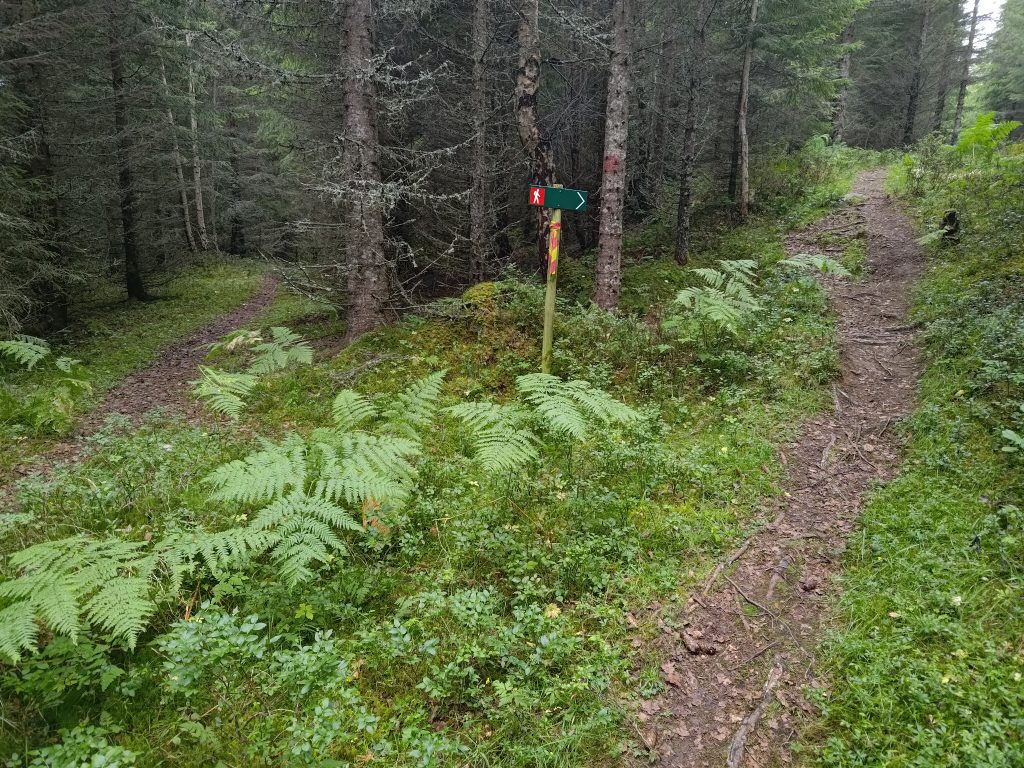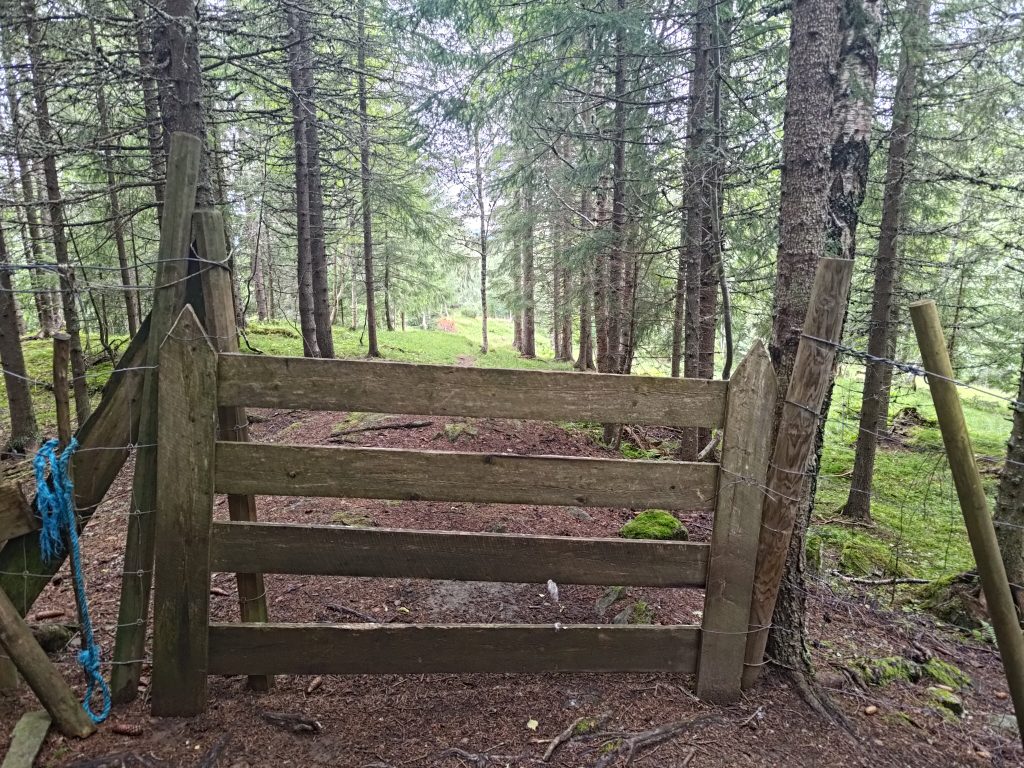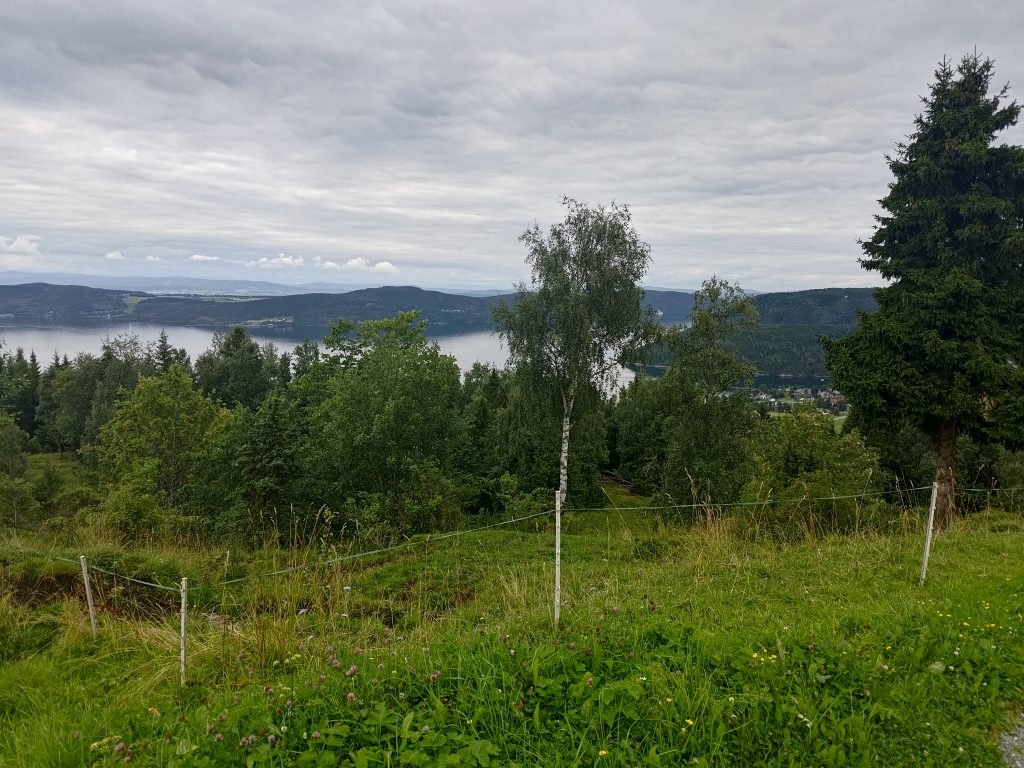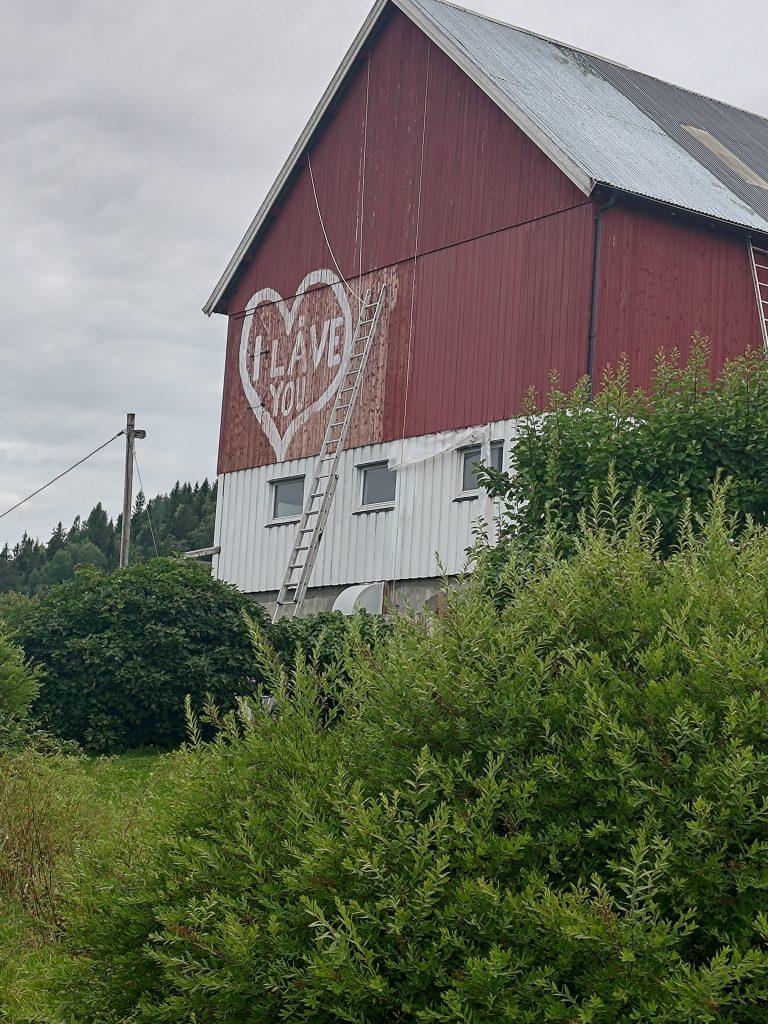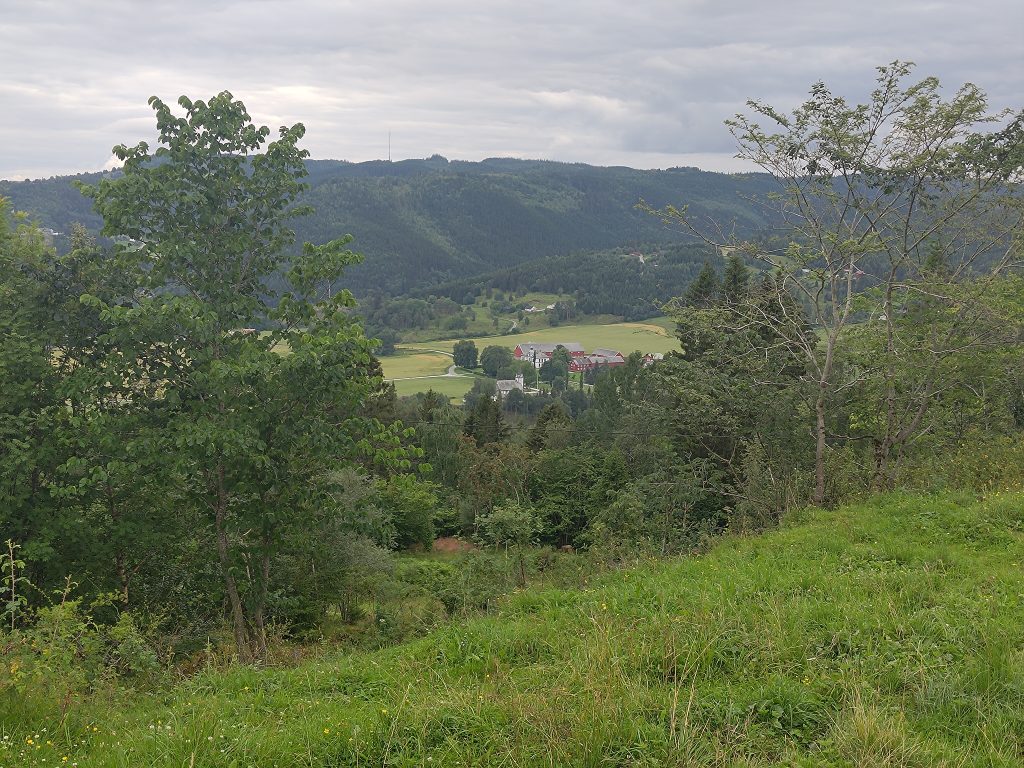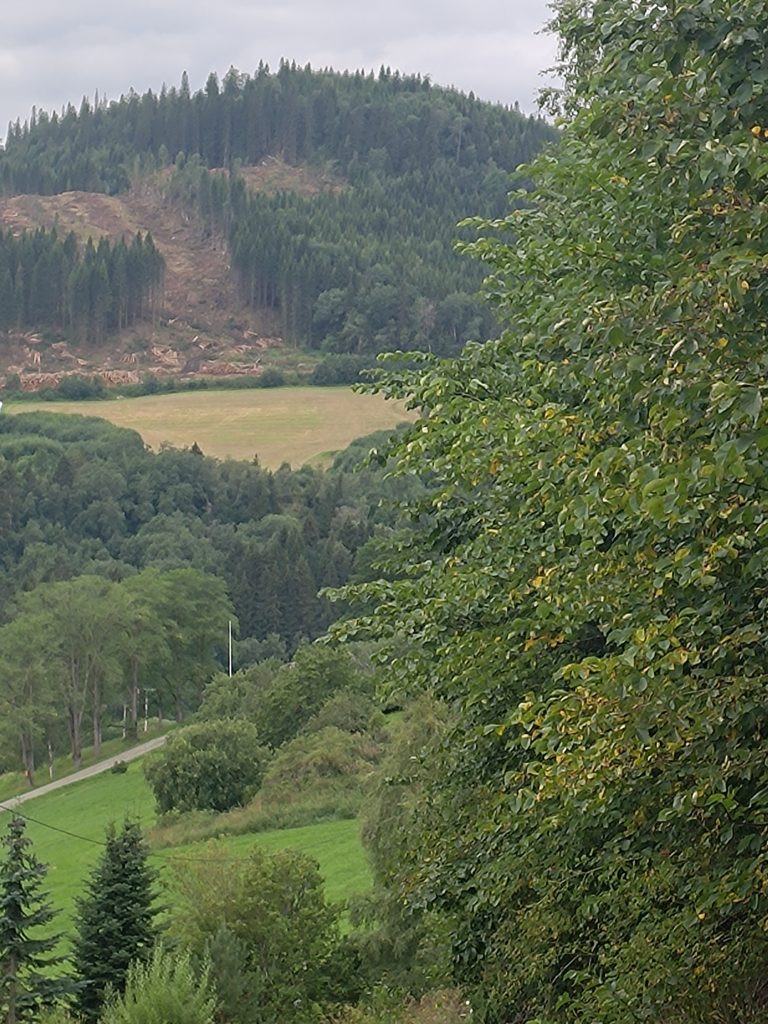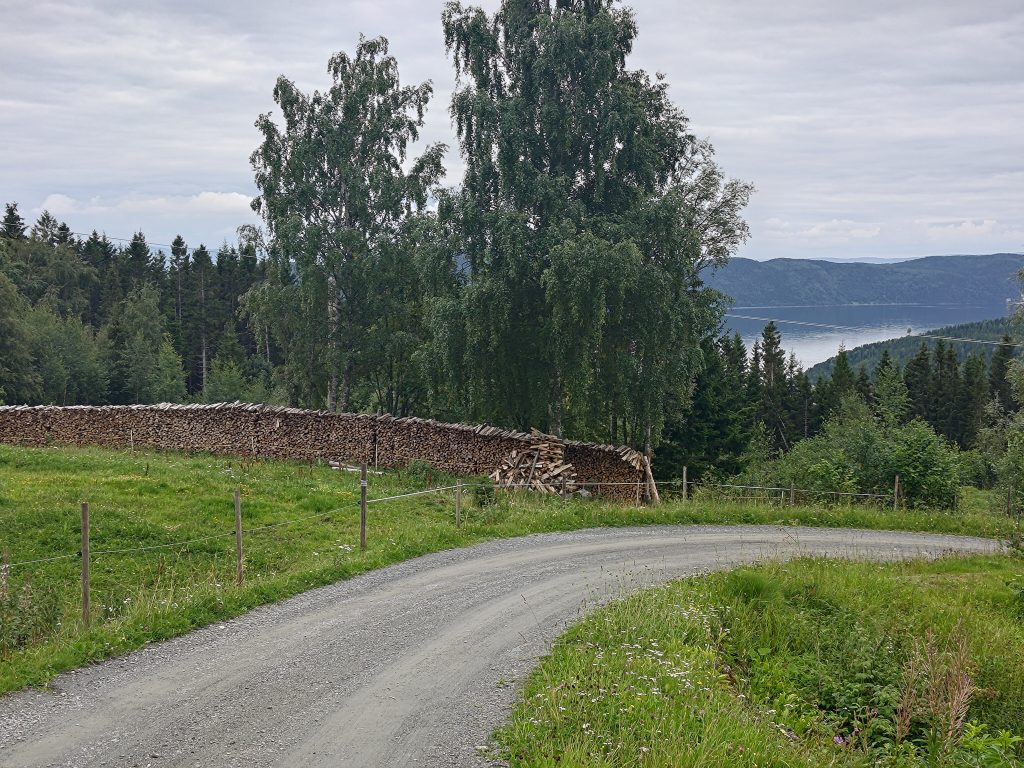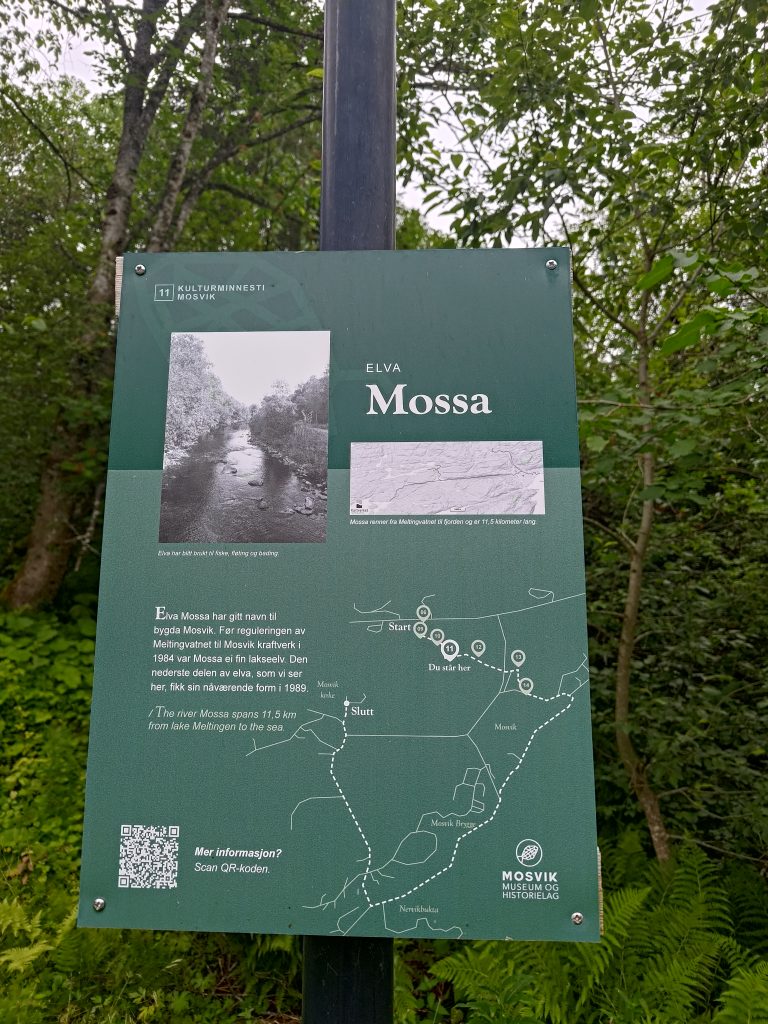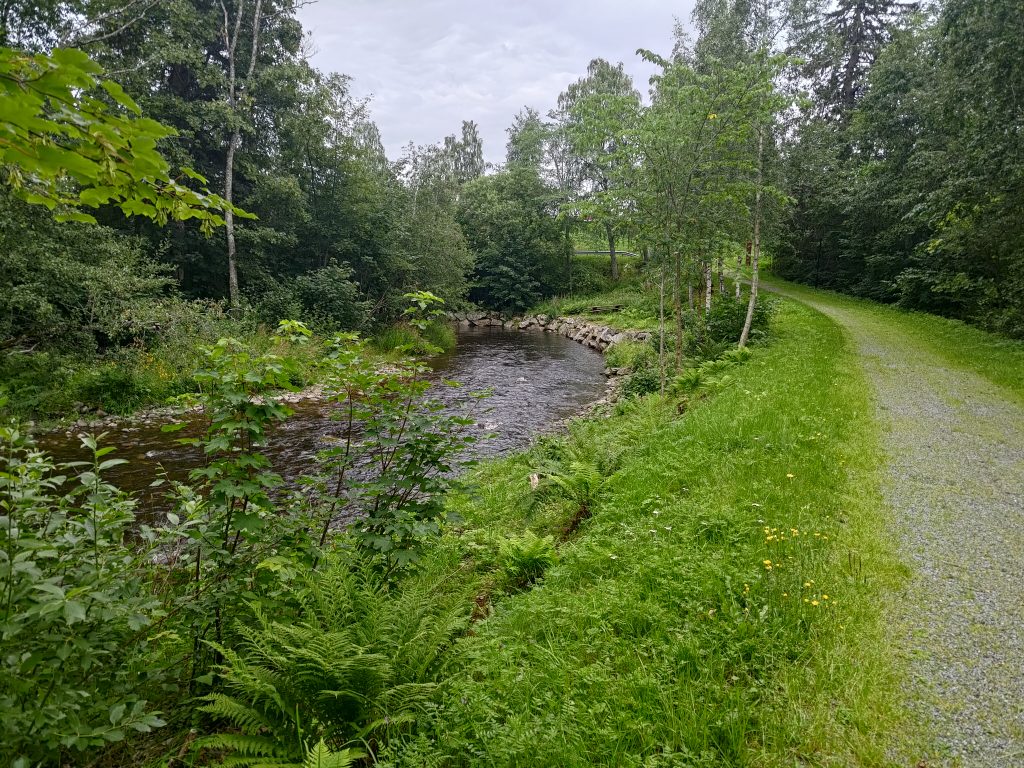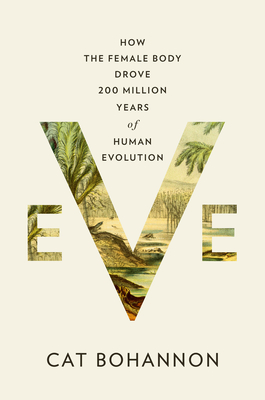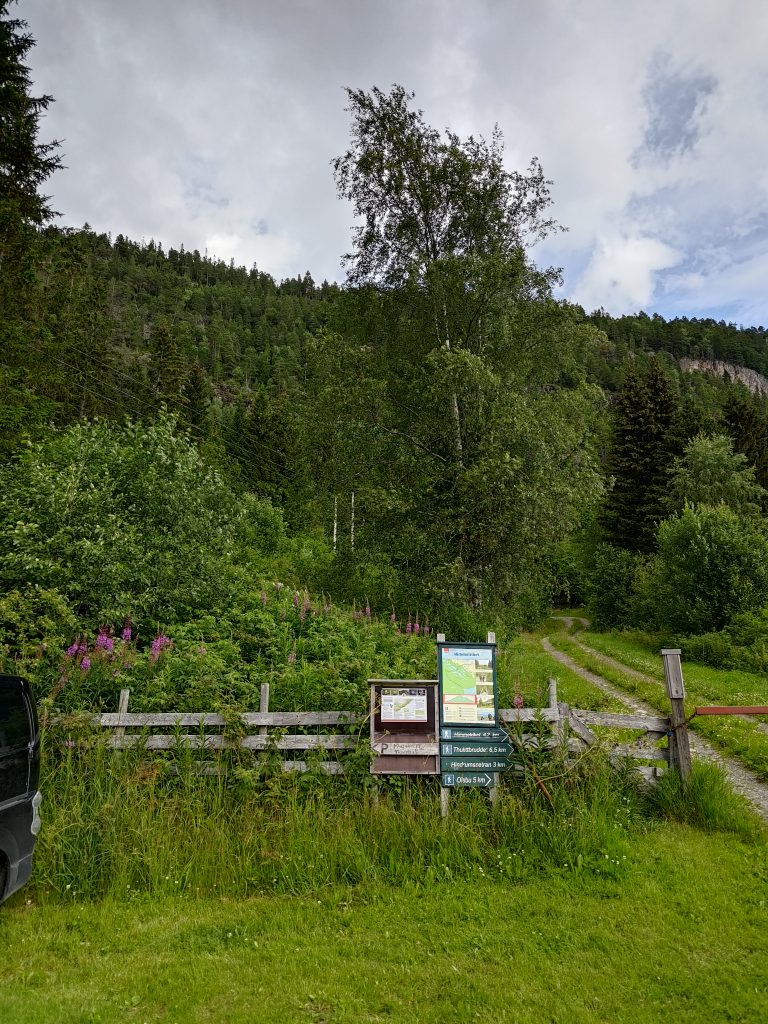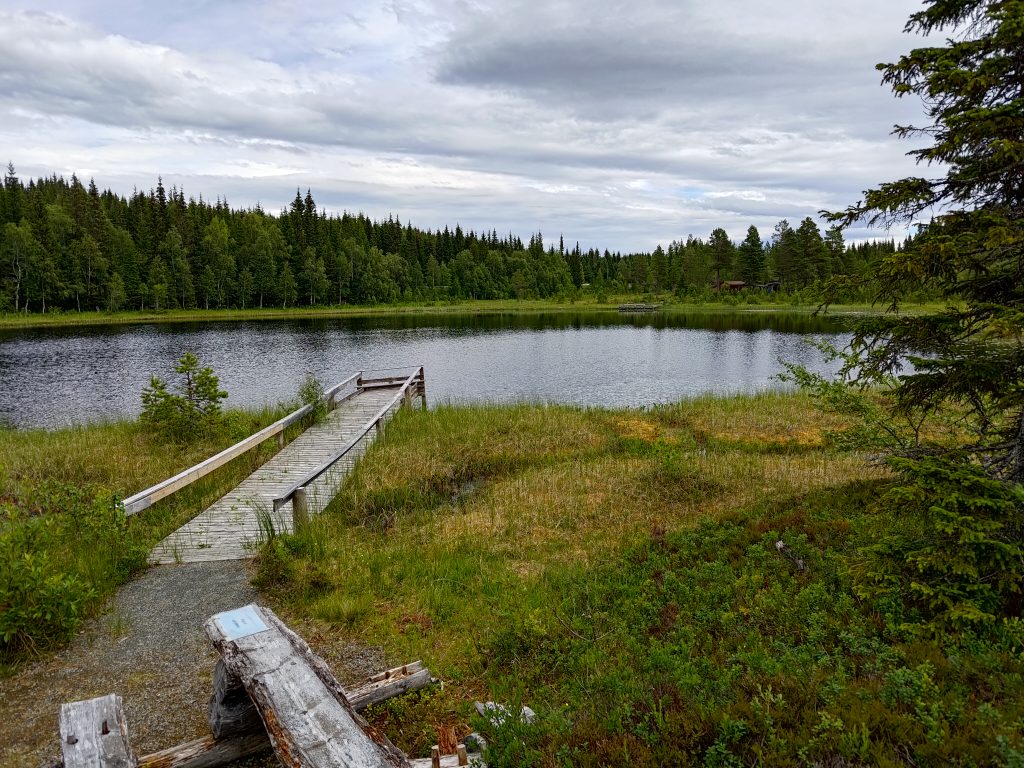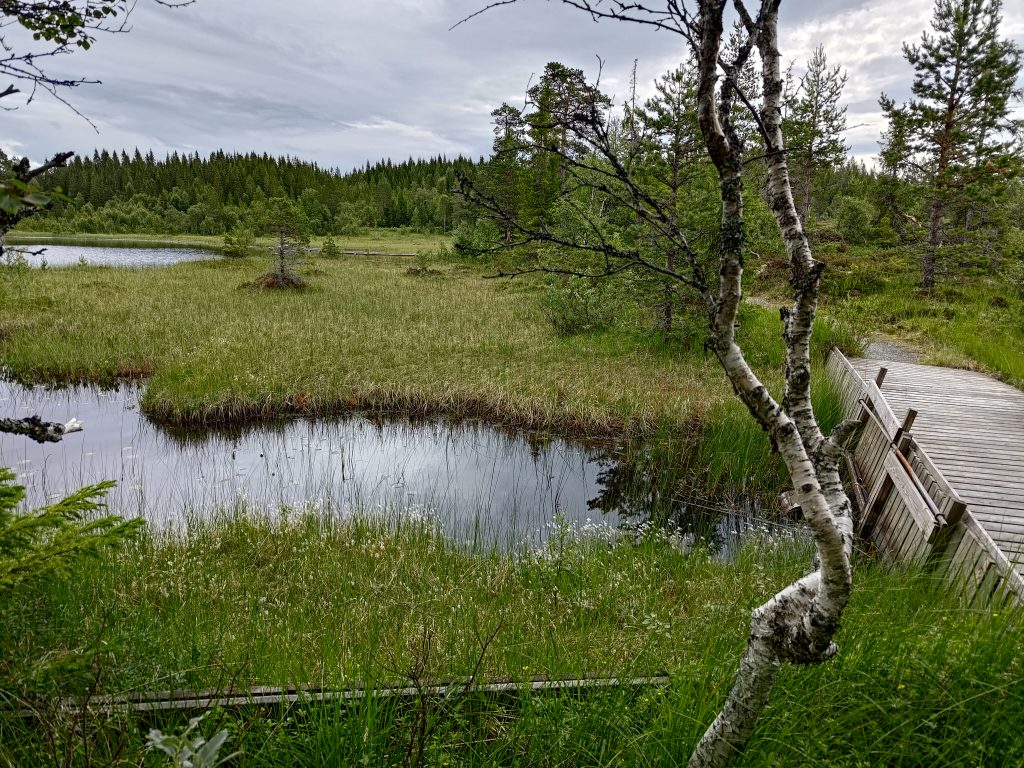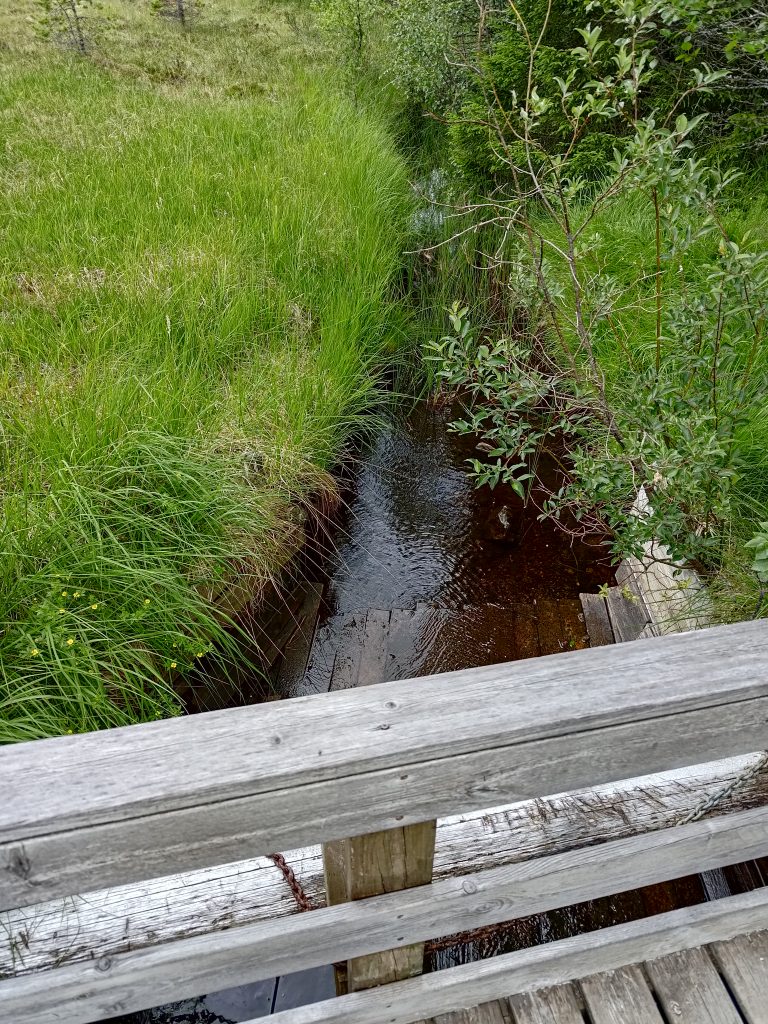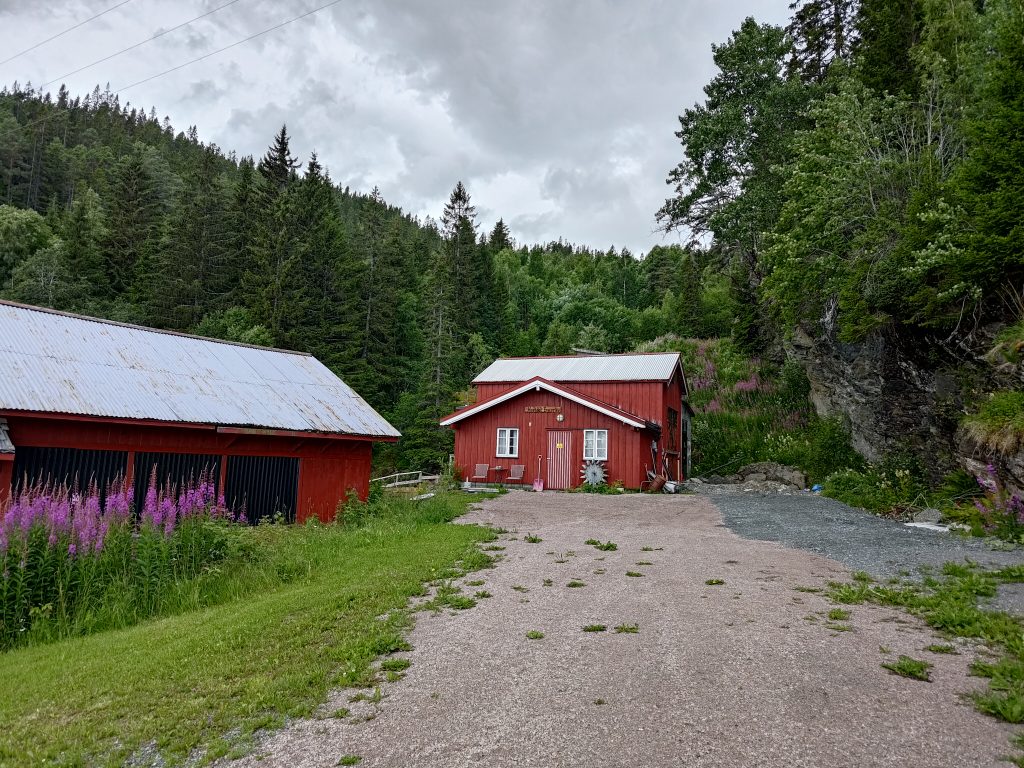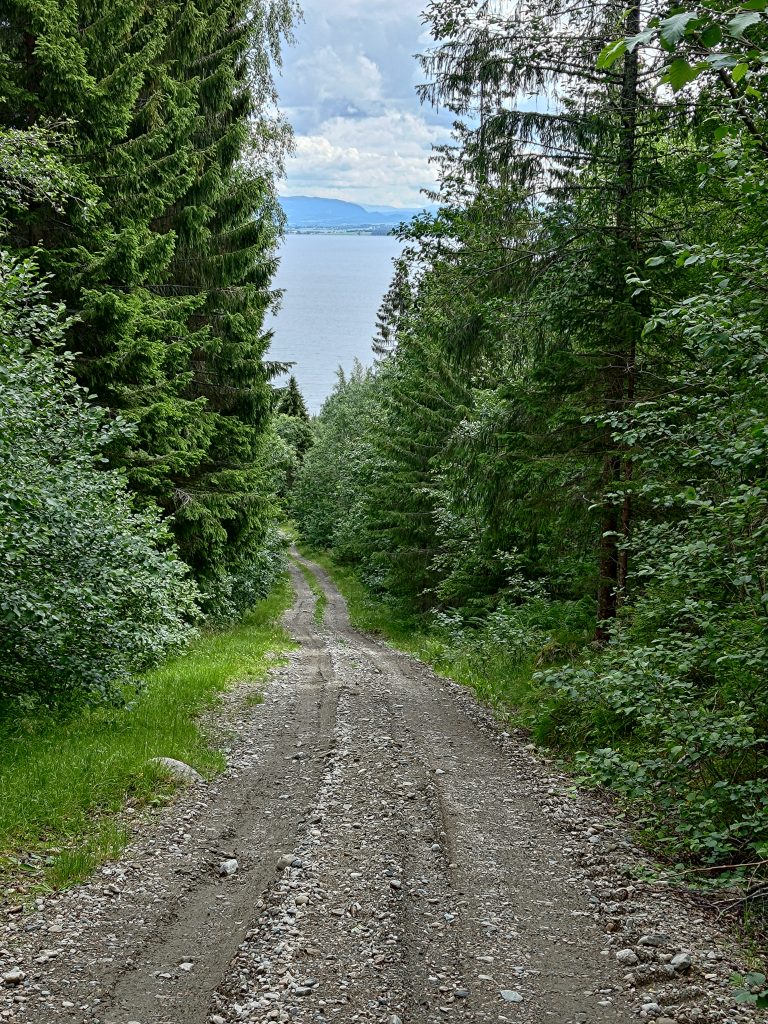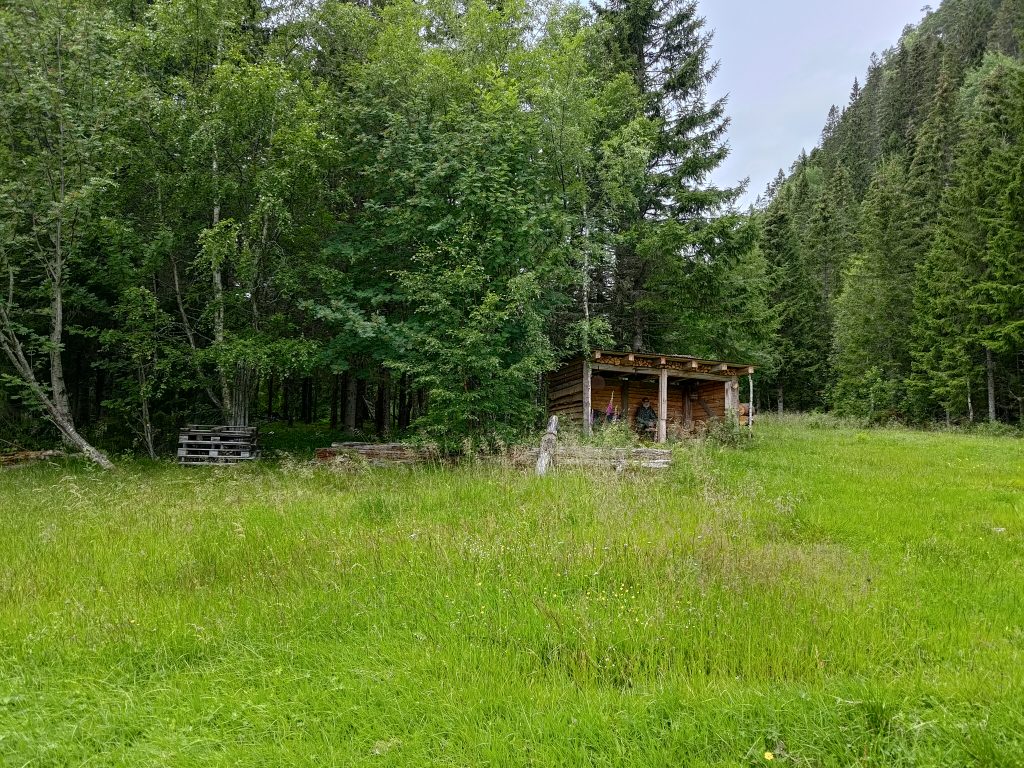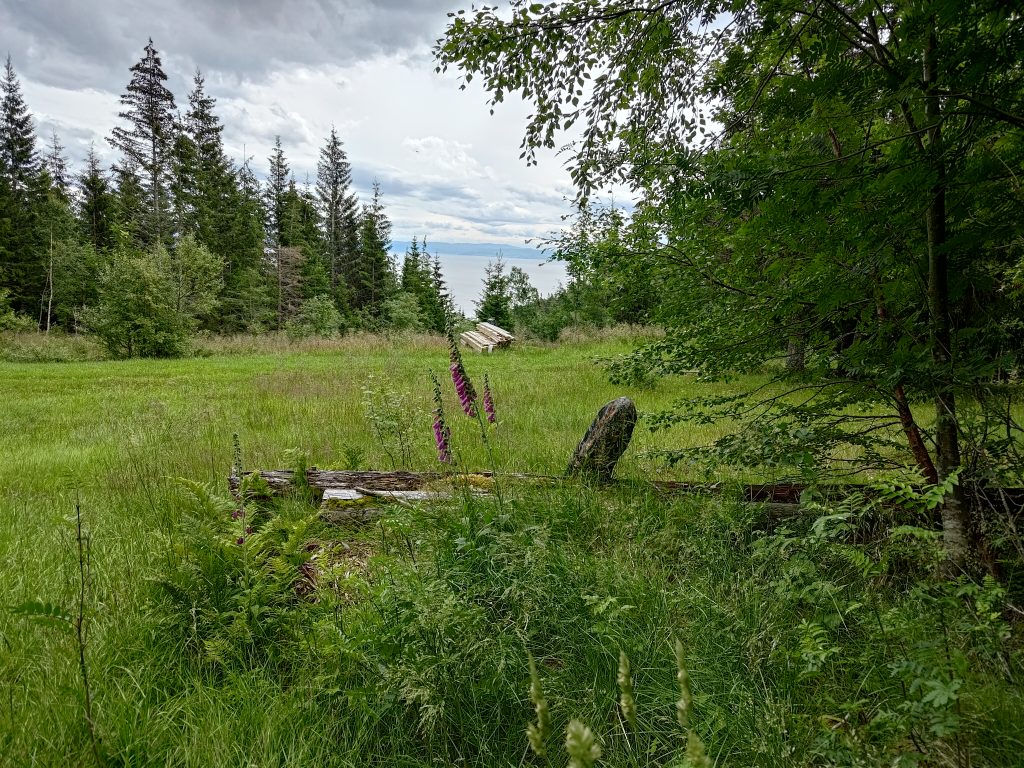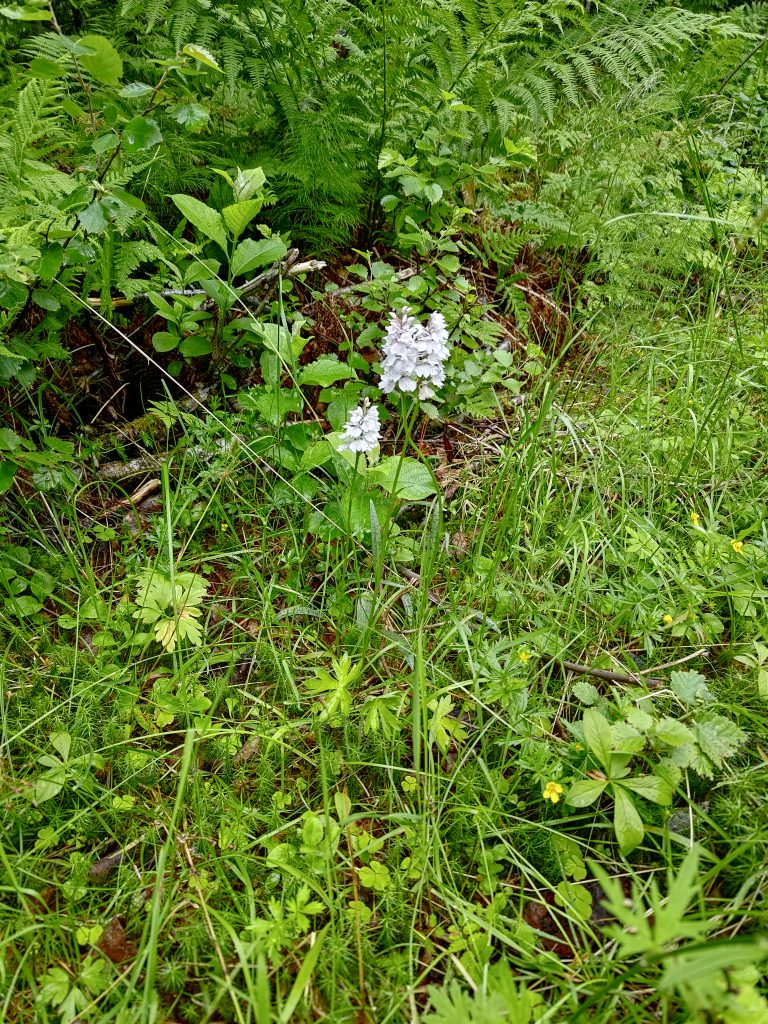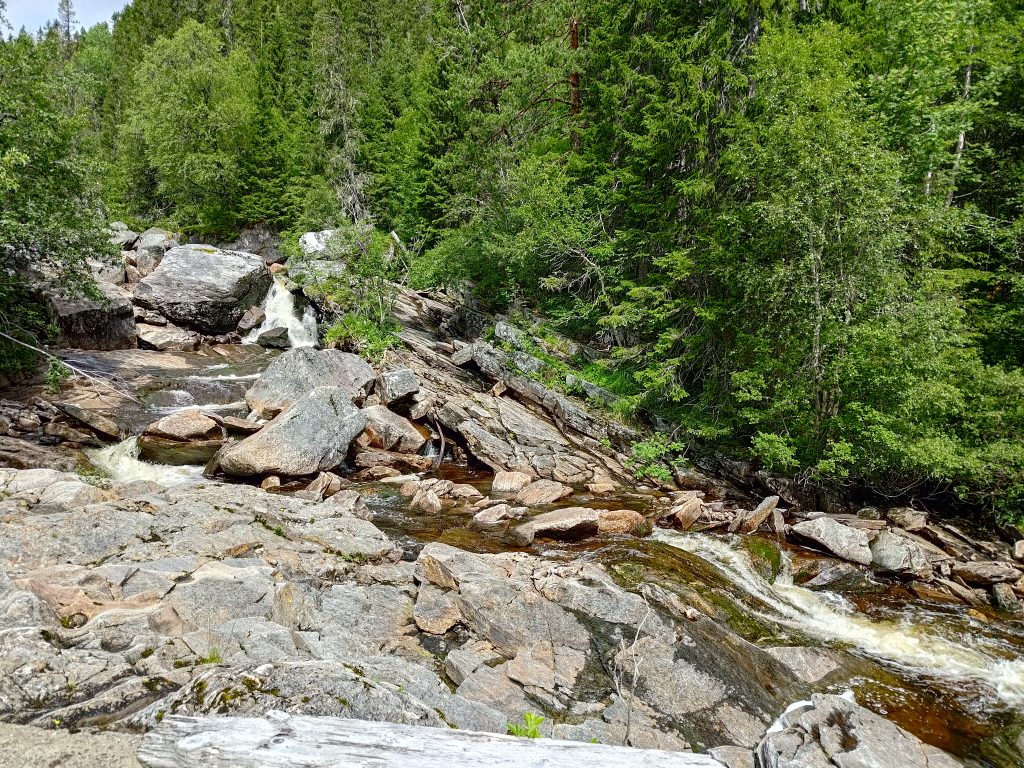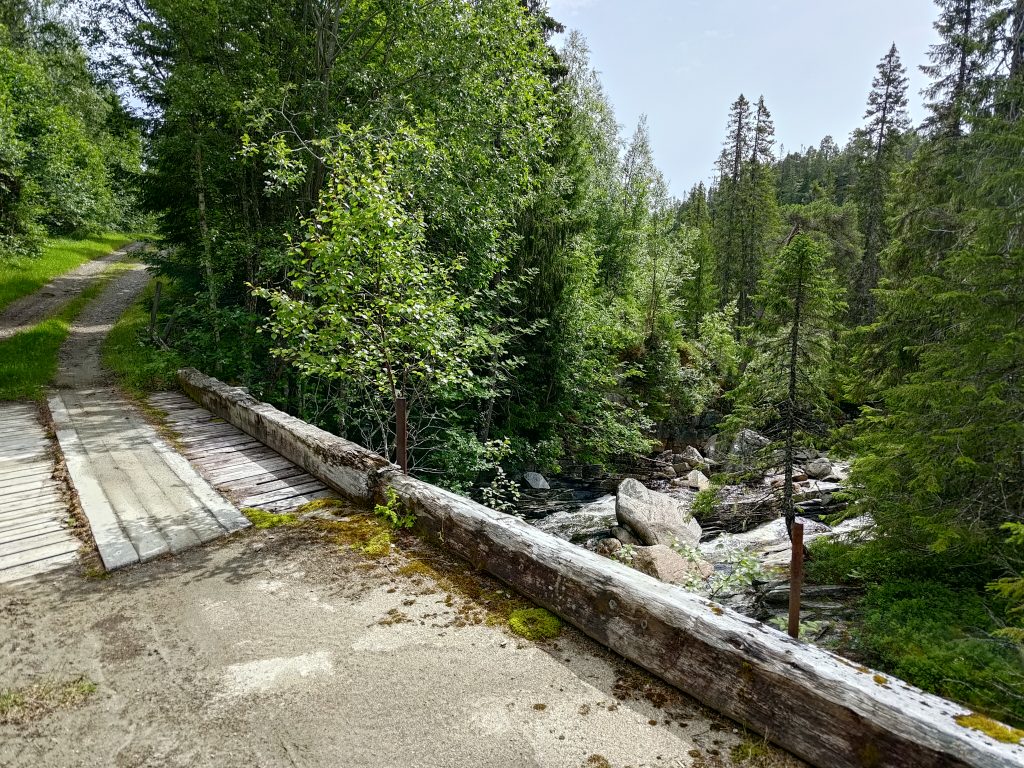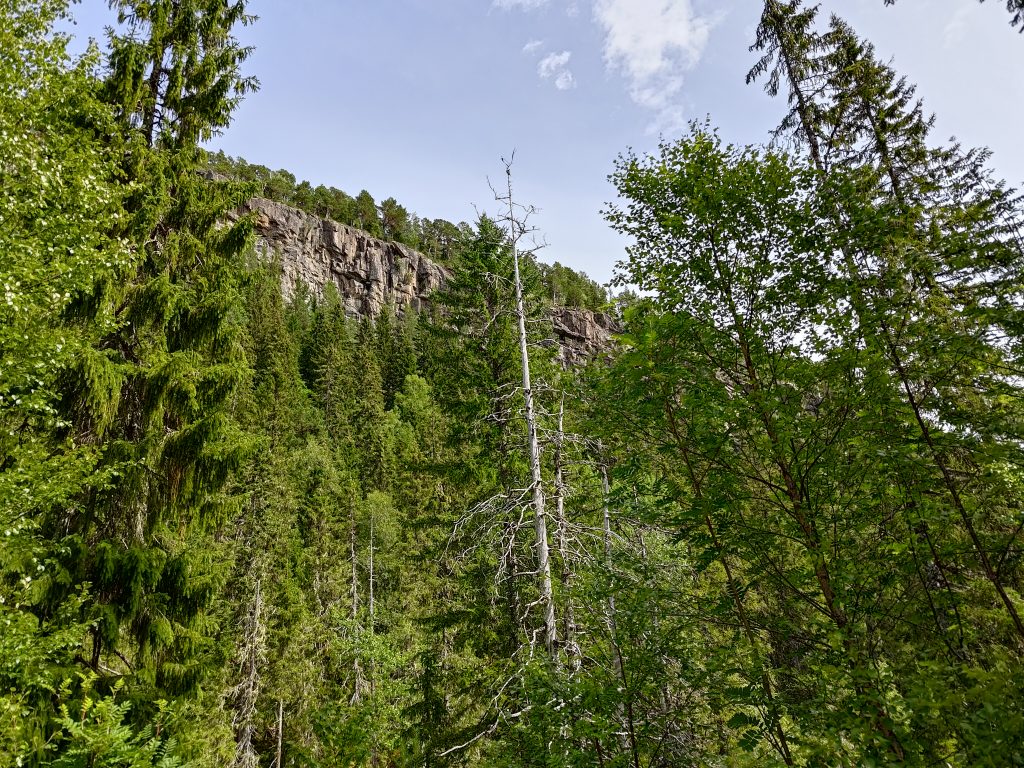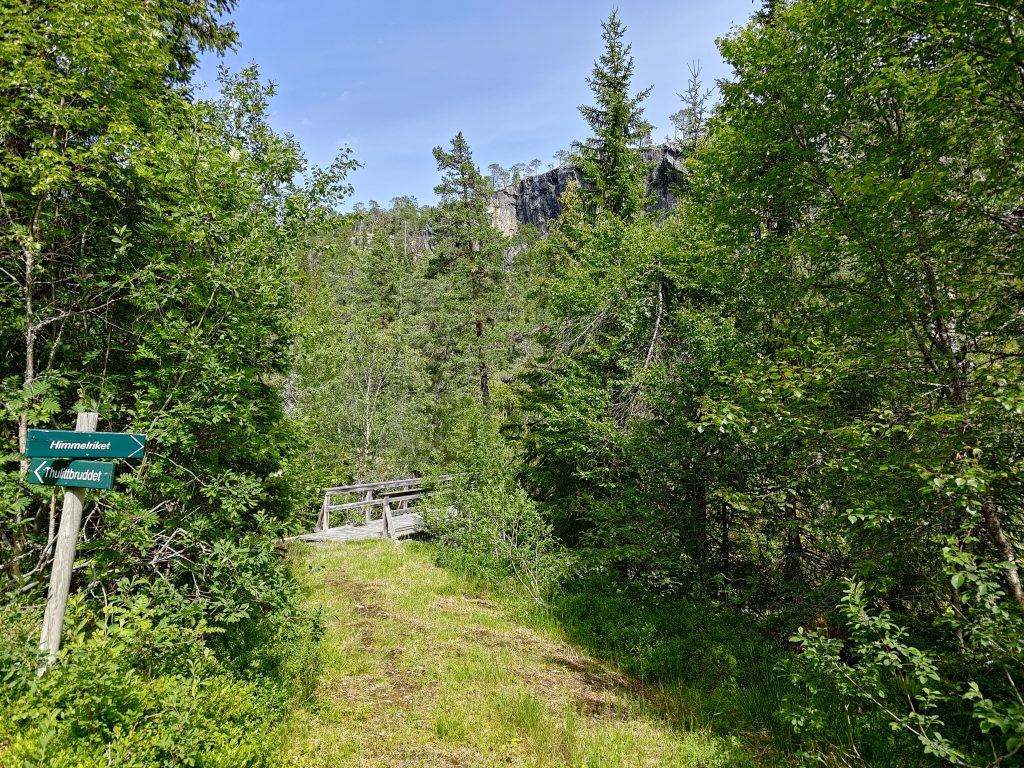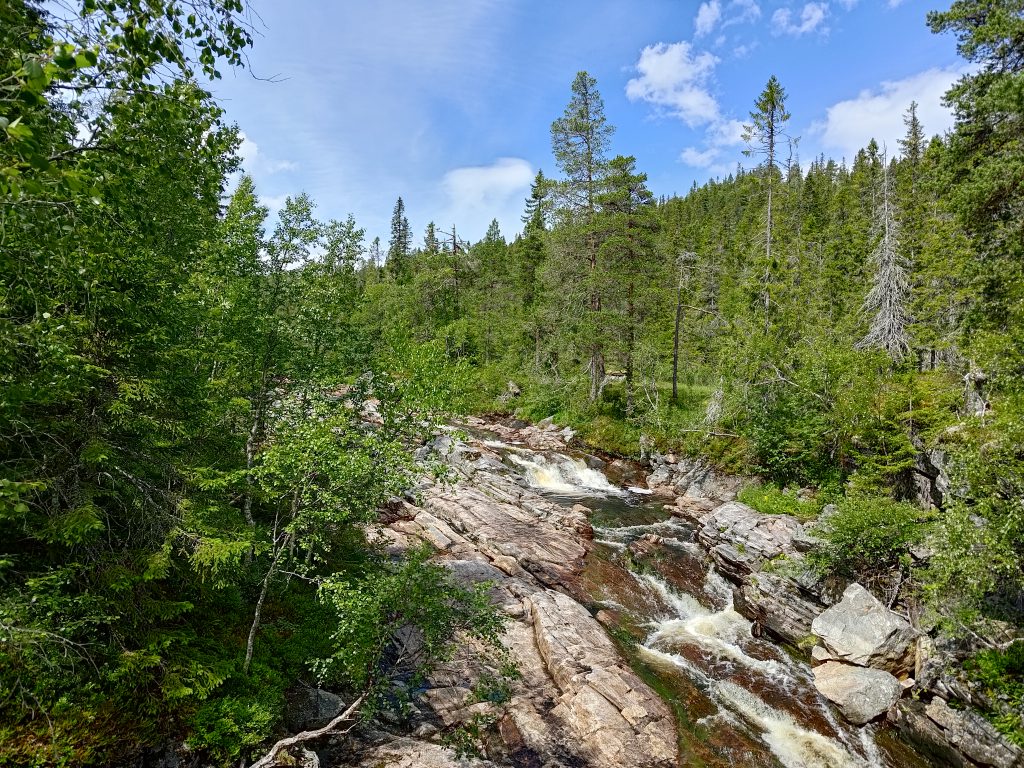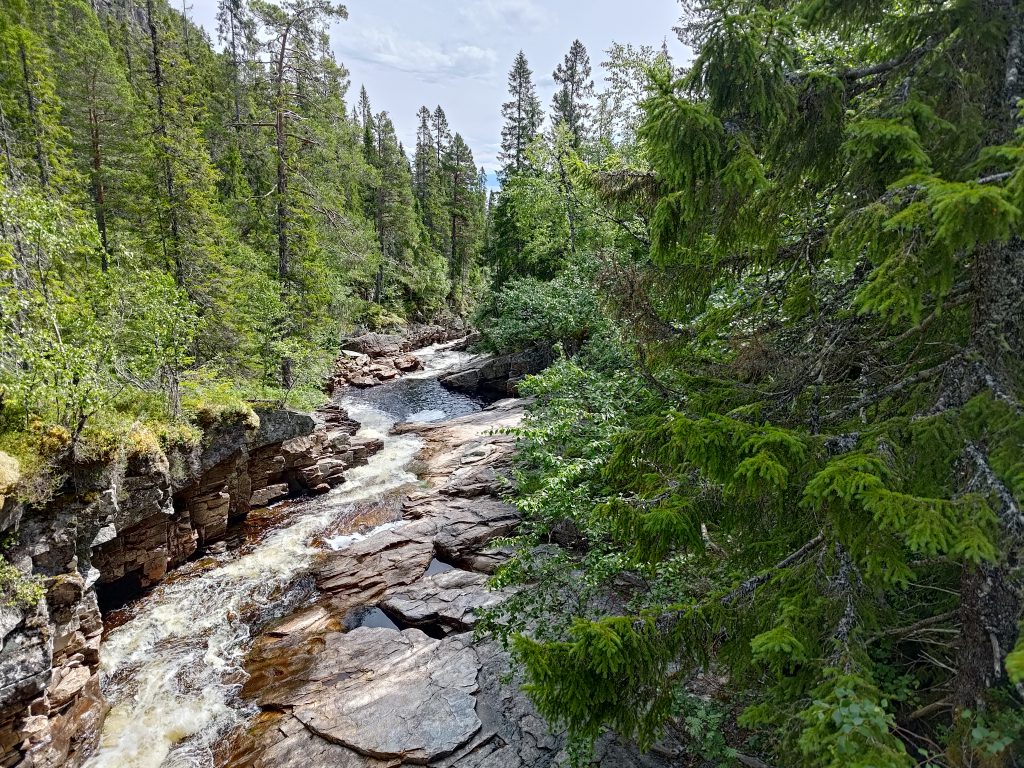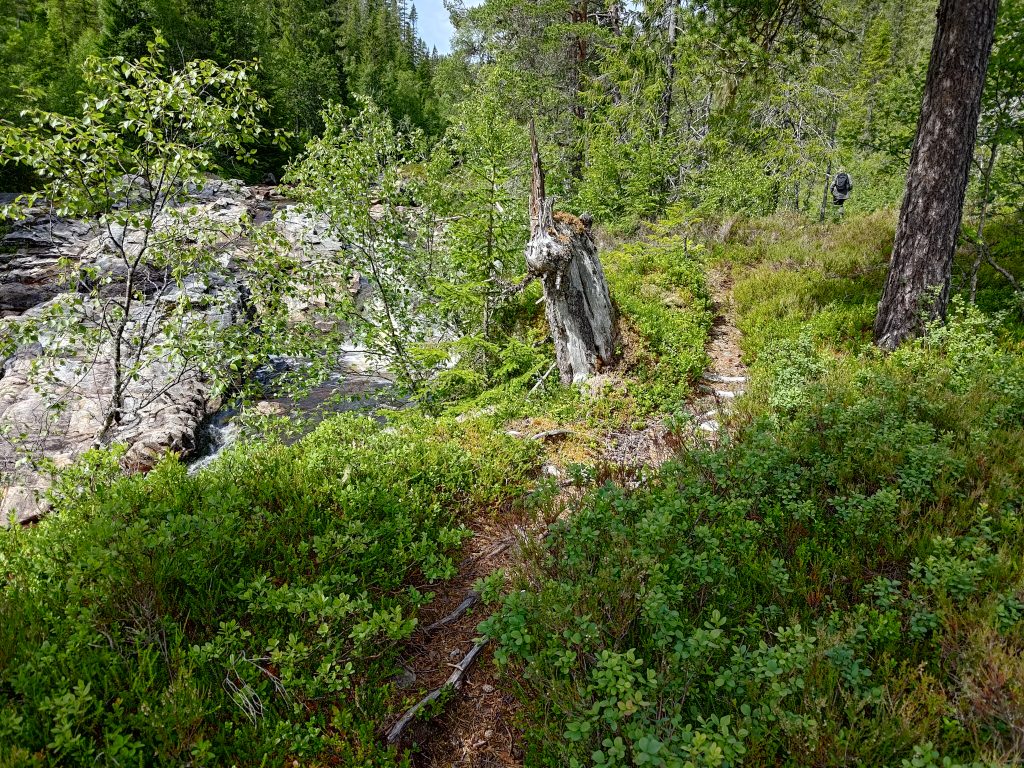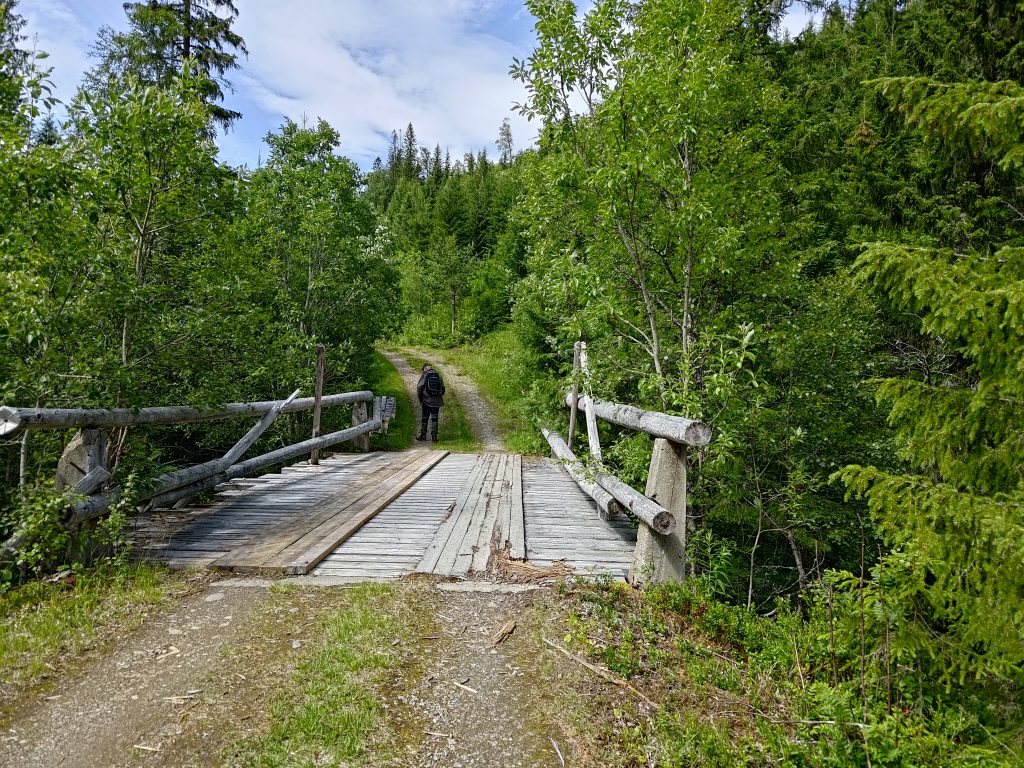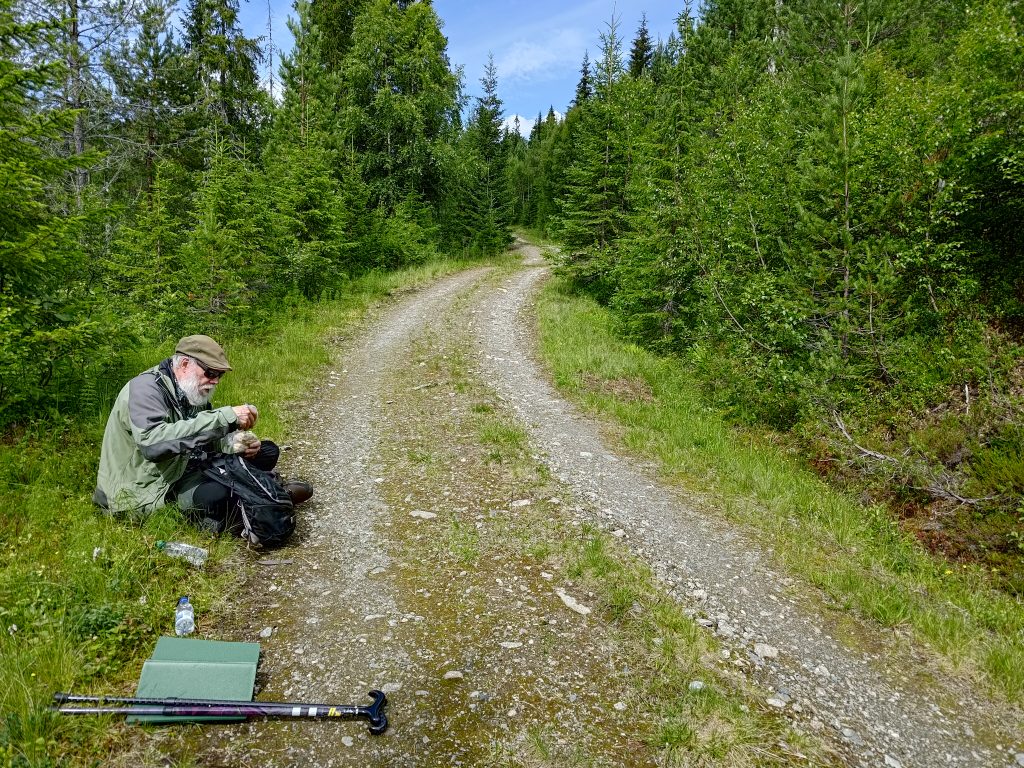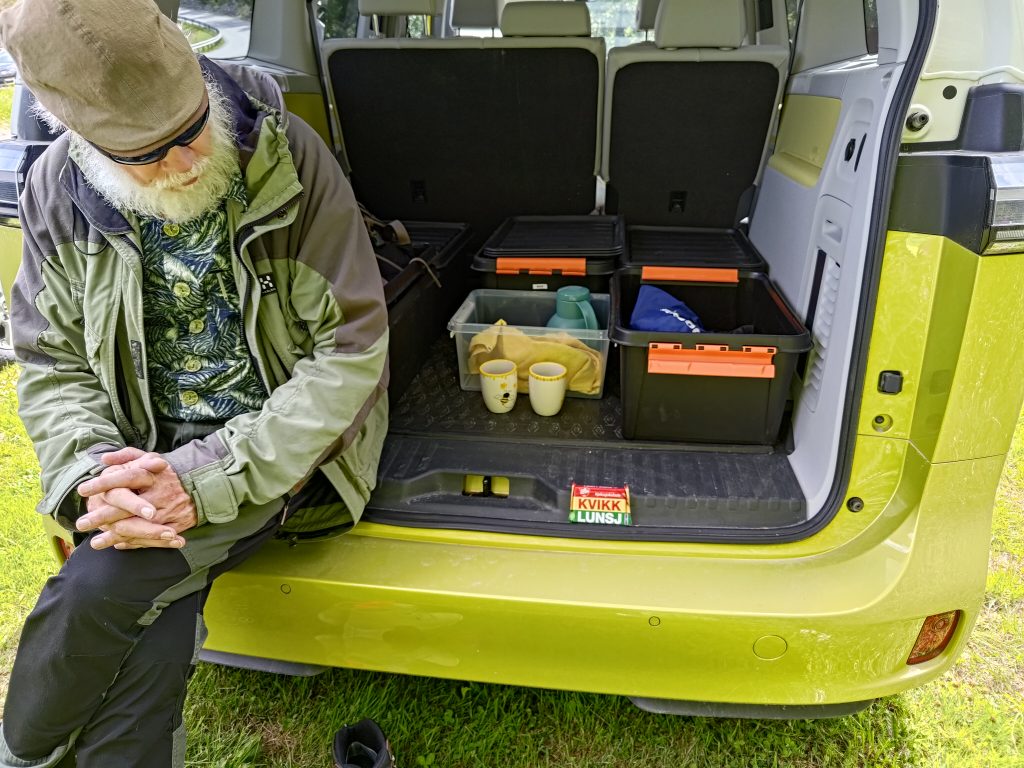Author: Cat Bohannon
Publisher: Alfred A. Knopf, Penguin Random House
Copyright: 2023
This is not a book for everyone to read as there is a lot of scientific detail, but I think it is important to be aware of some of the author’s main ideas. In this review, I will give the main ideas of each chapter and if you want to know more, you’ll just have to read the book.
I have enjoyed the author’s writing style. Lots of scientific detail, but also analogies that helped me understand what she was writing about. She is also concerned about how long ago many of these characteristics of humans and in particular, women, developed. For me, this was not so important. In my description of each chapter, I have left all of the detail out, and many of the interesting sidetracks that the author takes, and I would really encourage you to read the book if you find that what I have written is interesting. I have used some direct quotes so that you get an idea of the way she writes.
I think the main message that I got from reading this book was the female and male humans are quite different, biologically, and far too seldom our modern society thinks that they are the same. There is a big difference in men and women being treated equally, and expecting men and women to either act the same way or to have the same characteristics. I feel that this book helped me understand these biological differences in a new way.
But first, a little look at the order that things developed in the human body, and the author is primarily concerned with the female body. The author is taken up with how long ago different characteristics in humans first developed. First comes feeding our young with milk, then comes the development of the womb and giving birth to live young. The way we perceive the world, through ears, eyes, and nose changes to reflect the changes in the way we lived. In particular the development of seeing color so that we could see the difference between ripe fruit and the leaves in the trees.
One of the major changes in our body came when we started walking on our “hind” legs and we could run, both to get food and to avoid being eaten. But even here, women and men have developed differently, with different muscle types. As humans evolved, they developed larger brains which we used to devise tools and language. Women developed menopause and societies developed rules for sexual relationships.
Introduction
Cat Bohannon is the mother of two children and is concerned that in health and medical research, most of the research is done with the male of the species, whether it is human or non-human. Dealing with the female of the species is just too complicated, according to the researchers. Unfortunately this leads to results that just don’t fit women, whether it is medication or diagnostics. In this book, the author puts together a lot of the most recent research results on how the female human body has evolved and how it works. She feels that the research into the female body has not been getting enough attention and this book is a result of her concerns – “how female bodies evolved, how they work, what it really means to biologically be a woman” (page 17).
How is the book organized? “Each trait will appear in the book in roughly the same order it first appeared in our evolutionary lineage. As such, each chapter builds on the last, moving forward in time and consequence, just as our bodies built later models of themselves on previous incarnations.” (page 20)
Chapter 1: Milk
“Women have breasts because we make milk” (page 31), which is essential for the survival of our babies. “Newborn animals face four essential dangers: desiccation, predation, starvation and disease” (page 32). When a mother feeds her newborn with her own milk she is preventing the baby from getting dried out (desiccation or dehydration). This is the first need of any living thing – water, which a mother’s milk provides.
But milk isn’t just water, it also has other things in it. Water carries disease and therefore a baby shouldn’t drink water until it is several months old. Babies are still developing their immune system so it is important to get their mother’s help through her milk.
“For the first few days after a woman gives birth, her milk is incredibly special – a hot shot of immune system for her newborn baby.” (page 35) This is called colostrum but after a few days the mother will produce something that looks a lot more like what we think of as breast milk. This colostrum helps the newborn resist disease, and help them get the good, friendly bacteria they need to digest the fat-rich milk that comes later.
To get their milk, babies suckle and they can do that because women have nipples (page 42). The author describes how a baby actually gets its “milk” from its mother’s breast. I found it fascinating to read and to get a better understanding of how everything actually works, with the baby sucking and the mother producing. She also includes a description of some of the problems that baby or mother may experience.
Chapter 2: Womb
“The majority of multicellular animals lay a clutch of eggs… Laying eggs is normal. What’s not normal is letting eggs incubate and hatch inside your body, where they can do all kinds of catastrophic damage.” (page 75) Giving birth to live young is something that mammals, including humans do. This has influenced the lives of women as “most women have periods, get pregnant and give birth.” (page 76)
This chapter explains how the uterus and vagina have been formed, but also how the placenta, which joins the mother and the baby, creates all sorts of problems, many of which she explains. When you read her explanations, it seems extraordinary how for most women things go right. Growing your baby inside of you is a dangerous project.
The author also compares humans to other mammals and explains what the risks are. She also explains the advantages. Given that we live in a world with an expanding population, birthing live young is more successful than one might have thought. Changes in how the female body is built, both placement of organs and the muscles surrounding them and supporting them, play an important role in the survival of women.
Why do women menstruate? The author explains the process and some possible reasons for why it is important. Some cultural taboos are also mentioned, but mostly she sticks to why menstruation is important for the uterus. But once a woman is pregnant, “the uterus and its temporary passenger are, in fact, in conflict: the uterus evolving to protect the mother’s body from its semi-native invader, and the fetus and placenta evolving to try to work around the uterine safety measures.” (page 100)
Though most pregnancies go fine, being pregnant can also make a woman deeply unwell. One common problem is preeclampsia where spikes in blood pressure affect the woman. Thankfully modern medicine can help many women who are experiencing problems.
Chapter 3: Perception
This chapter looks at several of our sensory inputs and looks at the changes between us and other animals. As humans developed to live in the trees, so the body needed to develop the sensory organs needed to live there. “We needed eyes that could see when fruits were ripening and distinguish when leaves were young and nutritious and tender. We needed ears that could hear our children in a loud, leafy landscape high about the ground… We needed noses that could handle a sex life in the canopy.” (page 122)
Ears – In order to handle communication in the noise of the forest, “the aural part of your sensory array is going to have to be adept at separating important noises from non-important noises.” (page 122) Primates are able to hear and produce much lower frequencies than many other mammals and they found ways to get louder. There also seems to be a difference in what males can “hear” and what females can “hear”. “Female-typical ears seem to be specially tuned to the range of frequencies that correspond to baby cries.” (page 125) The author also goes on to discuss hearing loss as we grow older, with men more likely to suffer hearing loss than women. But women will feel more distressed by loud environments. “Men can function more happily in noisier environments than women can.” (page 129)
Nose – Smell and taste, or olfaction, is “our ability to sense chemical gradients”. (page 131) Olfaction involves molecules and about a third of the volume of our face is used for olfaction. The importance of the nose is to tell you where it is safe and where it is not, what’s good to eat and what’s poison, who is nice to have sex with and who might kill you instead (page 133) and these skills influence your behavior. In addition, “a woman’s sense of smell is more sensitive than a man’s”. (page 137) This can explain part of why pregnant women are prone to food cravings and food aversions. (page 140)
Eyes – We have two eyes that face forward, which allows us to better able calculate how far away something is. Parallax is the overlap between the vision in the right eye and the left eye and makes it easier to see how far away something is. (page 144) This was important for finding food. Originally, humans may have been nocturnal, but as we changed our diets from eating insects to eating plants, we also changed our time of day when we were active. As we became more active in the daytime, our eyes developed the ability to see color, especially the difference between red and green (which is something color-blind people cannot do).
As these sensors in our body changed, the brain also had to change to accommodate the need to process all these sensory inputs. This is where the difference between what we “see” and what we “perceive” comes in. “The social context of our perceived worlds influences how we interpret and act on the signals brought to us through our sensory array.” (page 154)
Chapter 4: Legs
At some point in the development of humans, we moved from living in the trees, to walking and running in the savanna, perhaps because the forests were shrinking. Walking on our hind legs, freed up the hands and arms for grabbing and carrying things, such as food. This change resulted in a lot of physical stress on feet, knees and hips, not to mention the spine, as the center of gravity changed. Pregnant women also experience physical stresses, primarily on the spine, as the baby increases in size.
Bunions are discussed at length as it affects primarily women and comes from the weight of our bodies being put on our feet. In addition, the wear and tear on knees is also discussed. “Women’s femurs come into the knee joint at an angle… so our knees are closer together to help balance that differing center of gravity.” (page 162) This results in more knee replacements done on women than on men.
But most of this chapter discusses how the muscles in our body are both different between men and women and how these muscles work. Of the three different kinds of muscles in our bodies, striated skeletal muscle is what we use to move our bones around. As our bones grow so do the muscles that are attached to them, so exercising the muscles strengthens the attachments to the bones. (page 171) We have retained the brachiating shoulders that allow us to move our arms in ways that a dog never could. But again, “somewhere in puberty, men’s and women’s average body plans diverge, with men’s shoulders and chests broadening and bulking up, while women’s hips widen and their breasts develop.” (page 172)
In addition, there is the difference between being a good sprinter (often men) and being a good endurance runner (often women). “Women of reproductive age may be better at utilizing that metabolic switch. They’re not only better at getting to their second wind, but once they’re there, they last longer than men do.” (page 174) The author also discusses the way our skeletal muscles are built, some are fast-twitch which contract very quickly and generate a lot of power, and some are slow-twitch which contract more slowly, but are much slower to tire. (page 181)
Chapter 5: Tools
This chapter isn’t really about what one is expecting, if one is expecting stone axes and spears. It is about the tools that women use to survive childbirth. The best way to survive a pregnancy is to not get pregnant. The next best way is to have a woman or group of woman who support you through your pregnancy and help with the childbirth. Then there is bringing up the child until it can produce its own children. Women have it tough and this is dangerous work. On the other hand, there are now over 8 billion of us on the planet, so something is going well, though it is only in the last 60 years or so that the population on the planet has exploded.
To make stone tools, humans had to work together, to cooperate, and pass the knowledge down from one generation to the next. Using tools is a set of behaviors, rather than something biological, but it is an important part of our relationship with the world around us. “Tool use is fundamentally about solving problems.” (page 200) The problems in the past would have included hunger, predators, disease and despair. In addition our babies are very vulnerable and are needy for an extraordinarily long time. “Some kind of cultural revolution around child care must have occurred.” (page 200)
The author discusses childbirth, improving fertility and preventing the conception of children. She uses the term “gynecology” for this body of medical knowledge and practices which are found around the world. Many women have continuing health problems six months after giving birth. Midwifery was an important tool that helped both a woman to survive and the newborn child to survive.
People have migrated, when an environment gets too tough to survive in, and adapted to the new environment. Creating enough children for the population to survive and grow in a new location is not always successful. Building what’s called a minimum viable population (page 217) is necessary to have a chance of survival and this means that the group needs to produce babies, and babies that survive and produce their own babies.
Chapter 6: Brain
The brain is used to solve problems, whether it is to find food, protect oneself from predators or protect one’s young. Human brains are very large so we have a great capacity for solving problems, but also becoming more social. Why have we developed such a big brain, which is costly both to grow and to maintain? It is what most people think of that makes humans different than others in the animal world. We use our “brains to survive just about anywhere, at any temperature, in any environment.” (page 258)
The author admits to finding this chapter difficult to write as she wanted to show the difference between male and female, and the research so far shows that “the female human brain doesn’t seem to be all that functionally different from the male.” (page 239) She compares humans and many animals where there are significant sex differences. The discussion covers mental disorders, including depression, anxiety and bipolar; what being “smart” means, including IQ, testing, math skills, and language skills. She looks at some of the stereotypes and looks at what the research has shown so far.
We use our “brains to survive just about anywhere, at any temperature, in any environment.” (page 258) The planet we live on has changed many times in the millions of years that have elapsed, and humans have adapted along with the changes and can be found in every type of environment on the earth. Being omnivorous helps us adapt, so that if one particular food disappears, it isn’t going to kill us. (page 260)
There is also a considerable amount of space used to explain how our brain develops. Though a lot develops in the womb, most of the development of the brain happens after birth, with a “newborn drinking 16% of their weight in milk every day for the first six months of their life.” (page 261) Our brains reach 80 percent of their adult size by the age of two and then we use a long time to “build” the rest of it. It seems that at this point there are some differences between the sexes. In addition to the “hardware” development of the brain itself, there is also the learning of one’s role in the social environment that one lives in. These roles can change as one grows older. (page 264)
Pregnancy will affect how a woman’s brain develops. I found this part especially interesting as women who give birth will have different developments in their brain, than either men or women who have not given birth. All those hormones do affect how we develop, even as adults. “Human women’s brains seem to have evolved a process, unique to pregnant women and new mothers, that helps them adapt to the deeply ancient, ever challenging sociality that comes with human motherhood, and that this process is neurologically violent.” (page 270)
The author also discusses the topic of “girlhood” which is the way a girl learns her role in a “sexist environment”. (page 276)
Chapter 7: Voice
Humans have language and can talk to each other. By using our voice, we can tell stories and instruct others on how to do things. Humans have also learned to write so that what has been said, or thought, can be kept for later generations. The author is interested in how males and females use their “voices” differently, both in what is said and when it is said.
The way the human larynx and vocal chords are formed are a prerequisite for the way humans form words and sentences, not just sounds. There are differences between males and females. Males have longer and thicker vocal chords, deeper voices, larger lungs and a larger chest for resonance. Females’ voices are higher pitched and don’t have the same lung capacity for volume. Women strain their vocal chords more than men do. (page 297)
The author thinks that language was first used as a way for a mother to communicate with her child, and it developed from there. Talking at any age is hard work and requires breath control, so it takes a long time for young children to start talking and to have the breath control needed to talk for long periods.
“Exactly zero human babies are born with the ability to speak, but most are language ready. Our human genes have preprogrammed our brains to be capable, hungry even, for learning language. But learning to speak involves a lot of data. It involves a lot of rules. It requires an incredible amount of highly specific, lightning-fast problem solving… Human beings have learned how to speak primarily by interacting with their mothers.” (page 306) “When babies babble, they are testing out their vocal apparatus to see what sound they can make.” (page 307)
Motherese, the way that a mother talks to her newborn baby, is universal and independent of the actual language that is spoken. It has been proven that this way of speaking helps a child learn their first language. (page 313)
“Everything humans care about is possible because we have language. The same sorts of logic paths that rule language, that combine known things into new ideas, that puzzle out the code of others’ communication into knowable thoughts and desires, also write stories and build meaning and tease out the finest, strangest features of the universe. They make us what we are. That’s why grammar is one of the most important things your mother ever helped you learn.” (page 316)
Chapter 8: Menopause
Why do women have menopause, where she stops producing eggs and becomes infertile? After a description of what menopause entails, most of the chapter discusses why menopause may have developed and the effects on the social community of having older women who are not producing their own children. The first hypothesis, the grandmother hypothesis, is that older women help look after their grandchildren.
A second hypothesis is that “mammalian eggs may have an expiration date” (page 334) and therefore a woman will not produce eggs once she has gotten to a certain age. Old eggs would be susceptible to genetic damage.
A third hypothesis is that older women are wise and can remember things that happened many years ago. So in a crisis, they can come up with solutions, something that has been done before and worked.
The author then goes on to discuss what it means to be elderly. Having a longer life span, means avoiding death. Statistics show that women are better at avoiding death than men. “Throughout the world, women are simply better at not dying than men are. so long as we manage to survive the ridiculous death ride our reproductive system takes us on, we usually live longer, healthier lives than men do.” (page 345) The author continues with a discussion of what kills us (cancer, cardiovascular disease and lung disease) and shows how the female body is better at outrunning these diseases. (page 348)
Chapter 9: Love
The last chapter is about bonding, or not bonding between the sexes. The author discusses matriarchies and patriarchies. There are definitely biological differences between the female and the male human bodies. The female body takes the burden of reproduction, both with a gestation period of nine months and up to several years of breast-feeding. “There’s something distinctive about our species today… It’s the unusual way we love one another: our distinctive, complex, often bizarre and overpowering love bonds, and the way we’re able to extend those love bonds to people we’re not related.” (page 361) In all cultures there are mating strategies. The idea of women is usually connected to the idea of raising children.
“Every human culture is steadfast in feeling that their particular way of dealing with love and sex is right while others are wrong.” (page 362). The author goes on to look at what other primate animals do and to look at the human body to see how it has evolved. Her conclusion is that humans have developed to be mostly monogamous, where one man and one woman join together both in sex and in daily living, bringing up the children which are the product of this union. Advantages for the female include someone who will help her feed her family and defend them from predators. (page 373) Advantages for the male is that he knows who his own children are.
There is also a discussion of “sexism” where men and women are treated differently and the culture expects different behaviors from men and women. “If pregnancies are dangerous and babies are needy, you need work-arounds. For example, birth spacing to control how many of the the girls in your troop are pregnant… You can also create cultural rules around when and where the males get access to female bodies, and then create punishments for those who break the rules.” (page 382) “That’s the core of what sexism is: a massive set of rules that work to control reproduction.” (page 383)
But the author is also concerned about “what happens when a culture’s sex rules start to reduce the overall health, fertility and competitive viability of a population?” (page 386) Problems today include being less healthy (spread of sexually transmitted infections and unplanned pregnancies) and reduced access to maternal health care. (page 387) For example the maternal death rate is actually going up in the United States.
Poor health is expensive for everyone and lowers how wealthy a community will be. “How much money a child’s parents have access to shapes not only how much wealth that child is likely to have as an adult but also how likely that child is to reach adulthood with fertility left intact.” (page 394) “The easiest, cheapest, and most reliable way to increase a community’s wealth is to invest in its women and girls.” (page 392) Women are more likely to spend money on food, clothing, health care and children’s education. Men, meanwhile, are more likely to spend money on entertainment, weapons and gambling. (page 395)
Being wise is “your ability to solve problems, … to form deep relationships with other people,… to contribute to your community,… and to keep your kids safe.” (page 397) How smart you are will affect how likely you are to stay alive. Here the author discusses how we become smart, as our brains need a lot of energy to work. So feeding pregnant women and their children once they are born, is very important to their development and their “smartness”. Children also need education about all sorts of things such as keeping healthy, sex education, etc. In many countries, girls are not given very much education, so already the next generation is starting at a disadvantage. “Our societies seem to be at our best… when we’re educating girls.” (page 401)
Some conclusions from the author: “We could use some guidelines. For example, while eradicating sexism seems pretty impossible, we can become more deliberate about the choices we make around sex rules. We can actively choose to create social institution that combat the negative effects of sexism. We can reinforce the need to be more egalitarian. And above all, we can choose to support and defend the advance of gynecology.” (page 406) By gynecology, she is meaning things like safe contraception, abortion and proper prenatal and postnatal care. The author also recommends contributing to children’s hospitals, and research that helps make the world easier for women and girls. (page 410)
